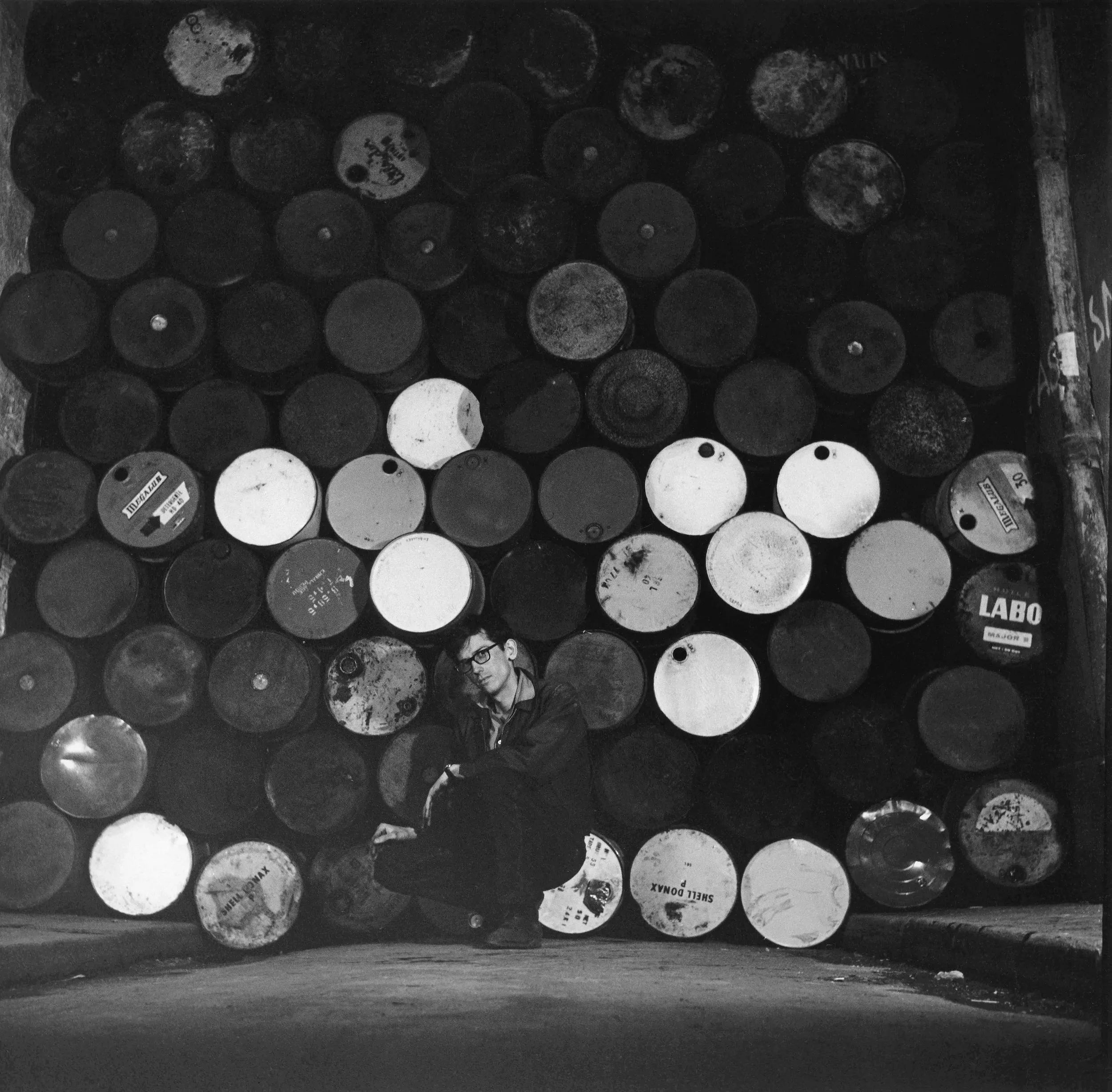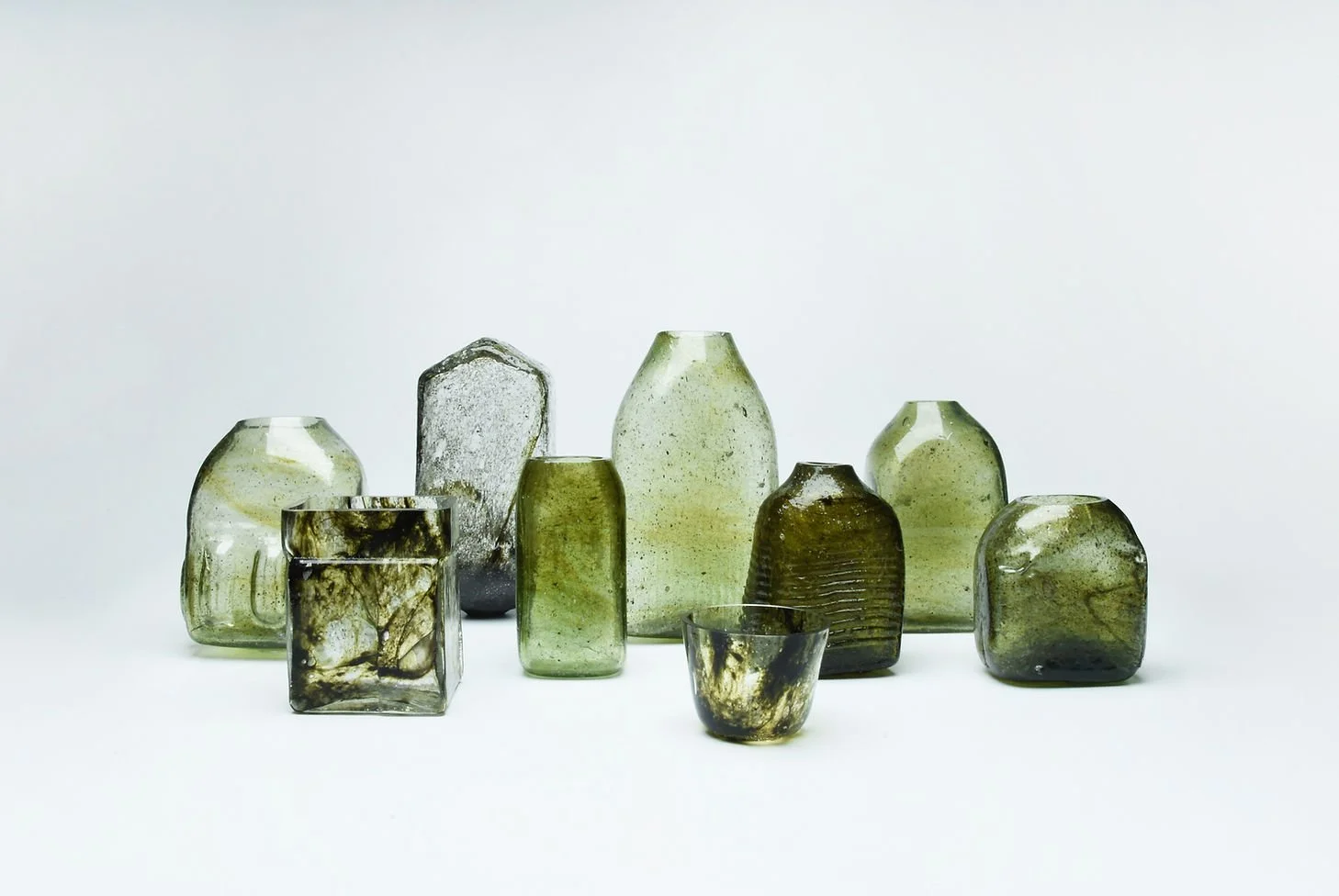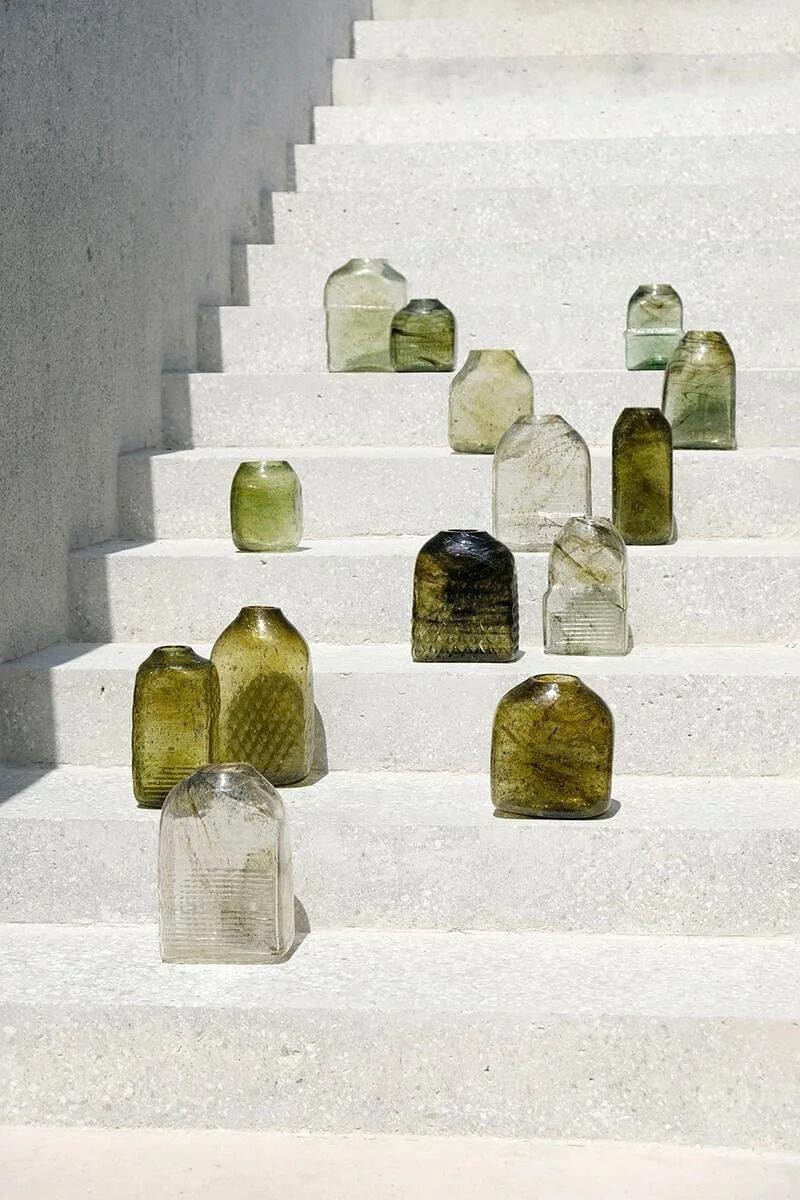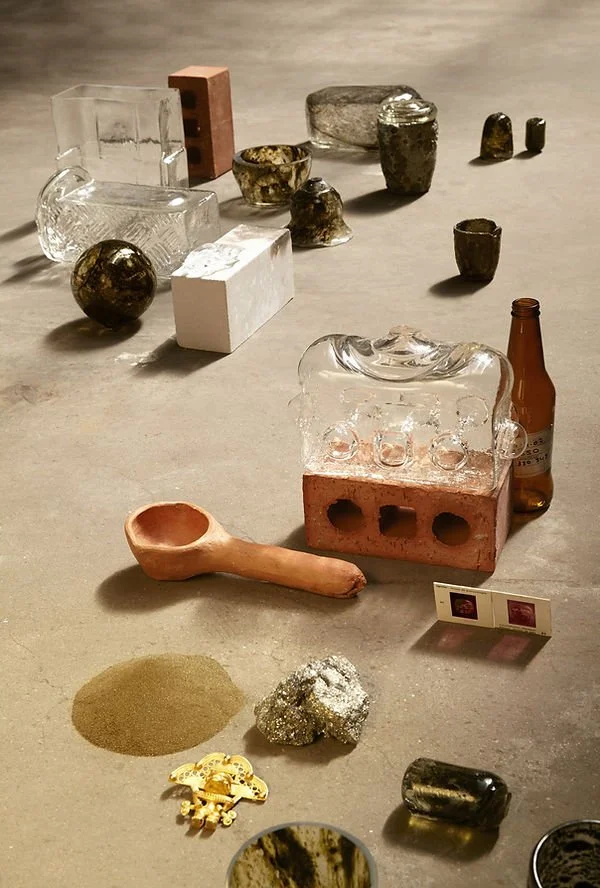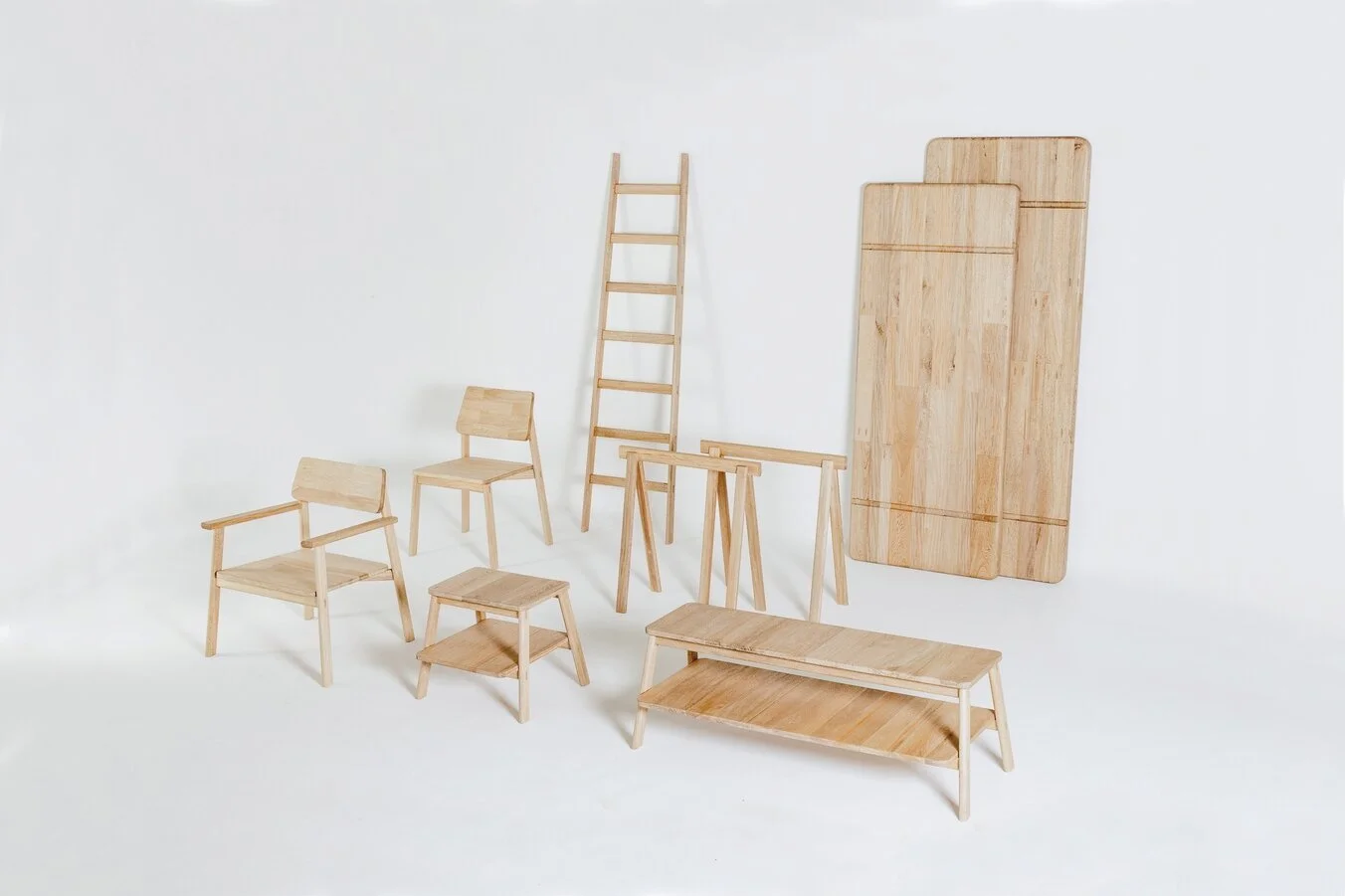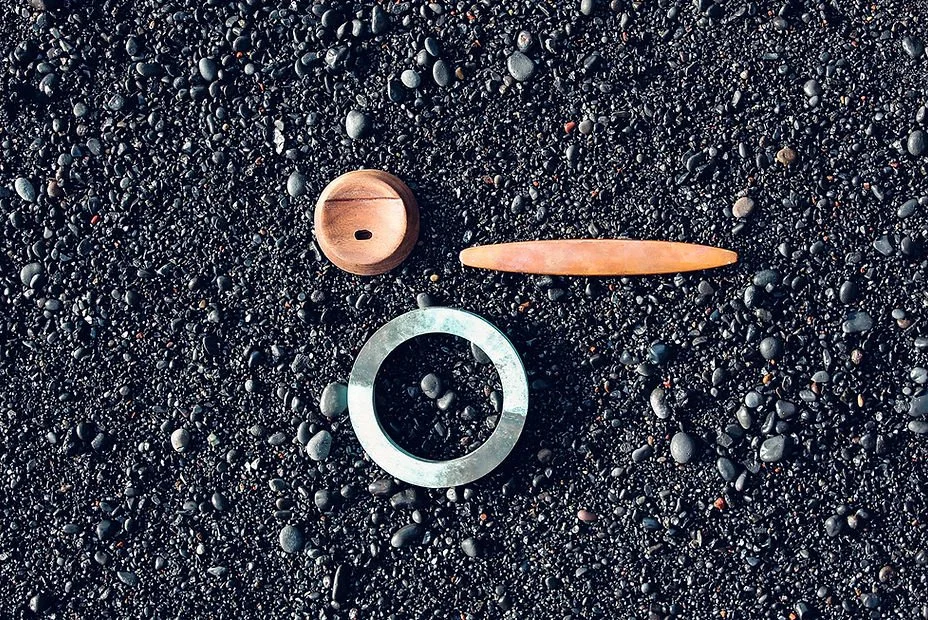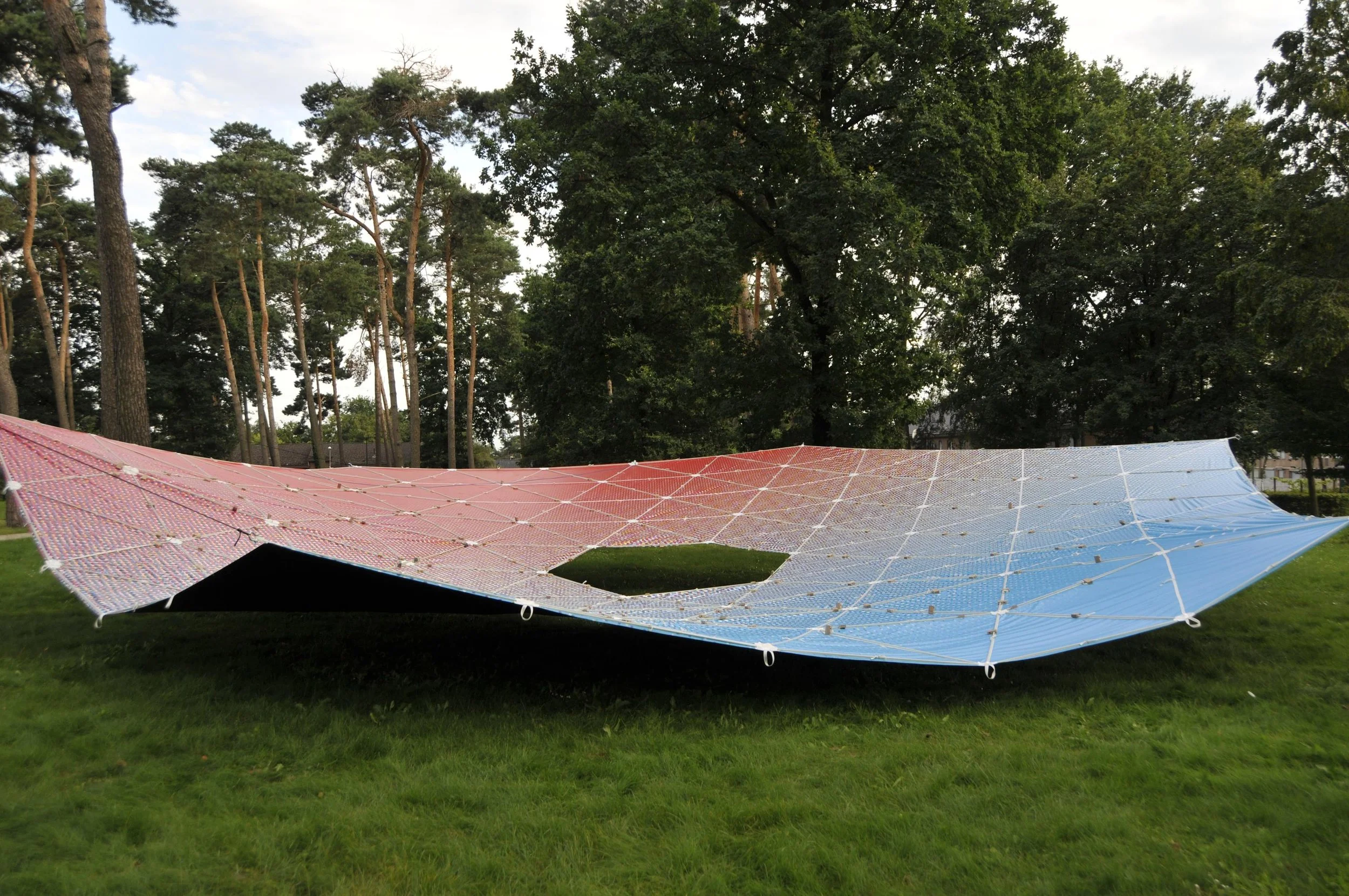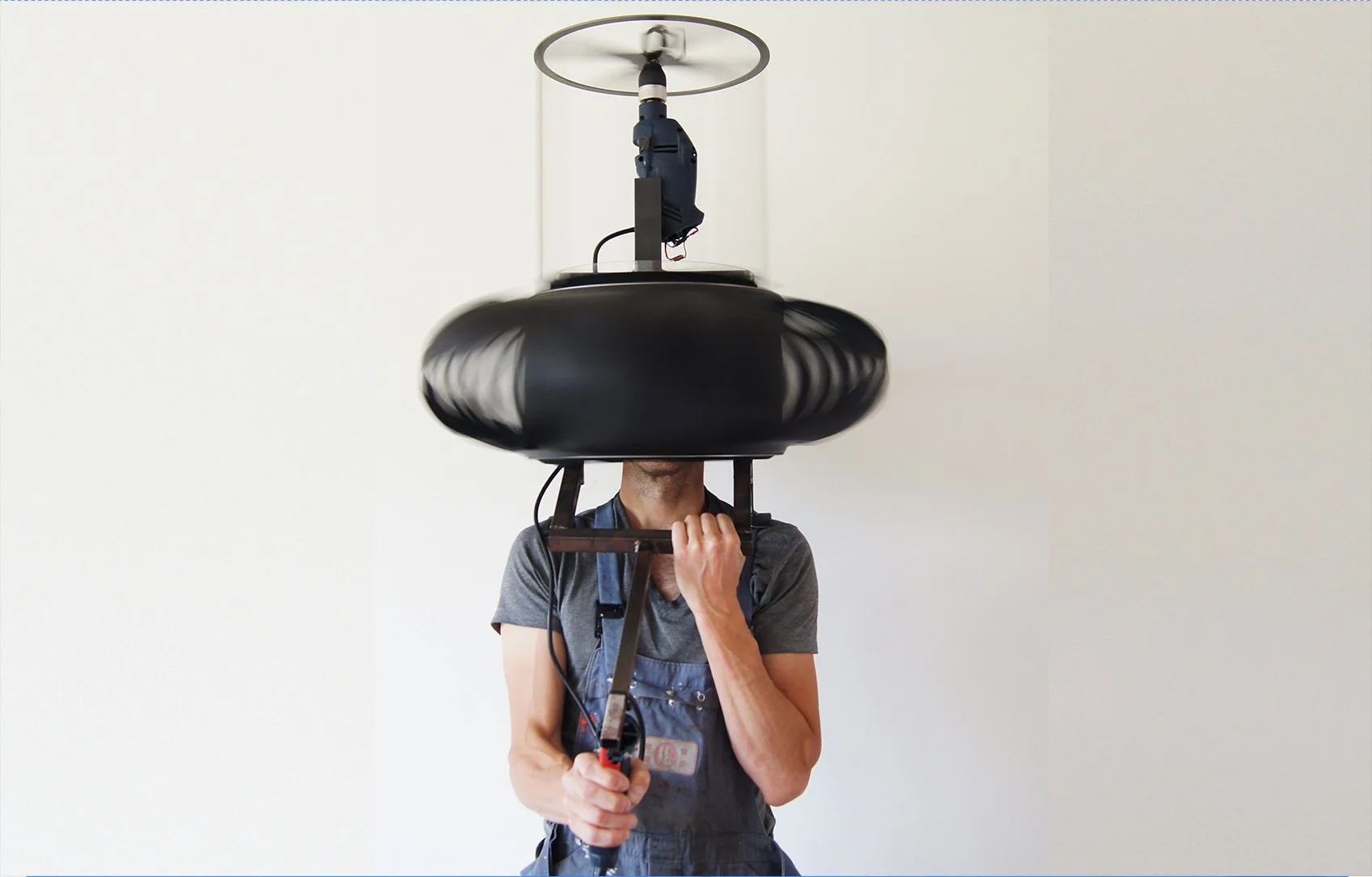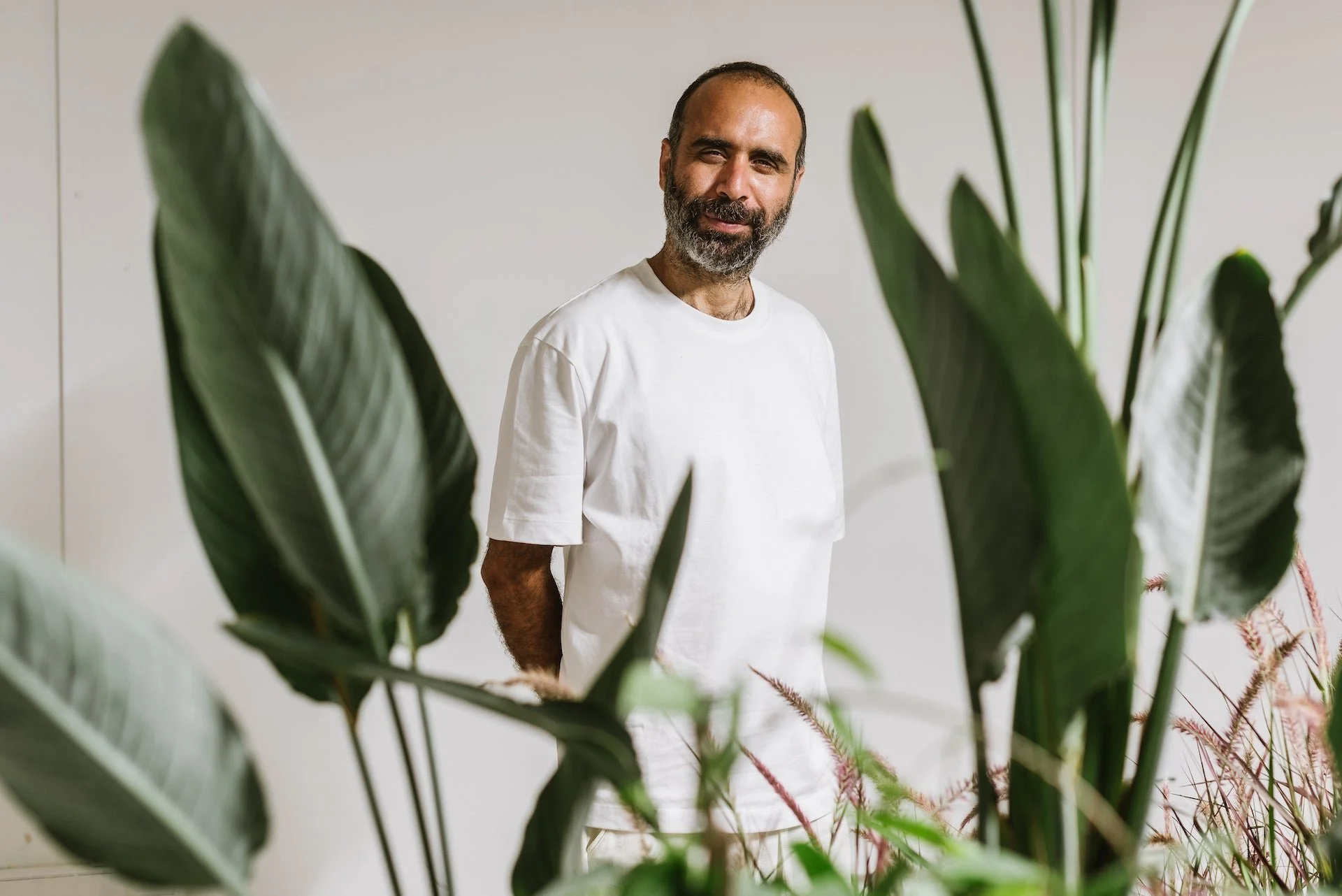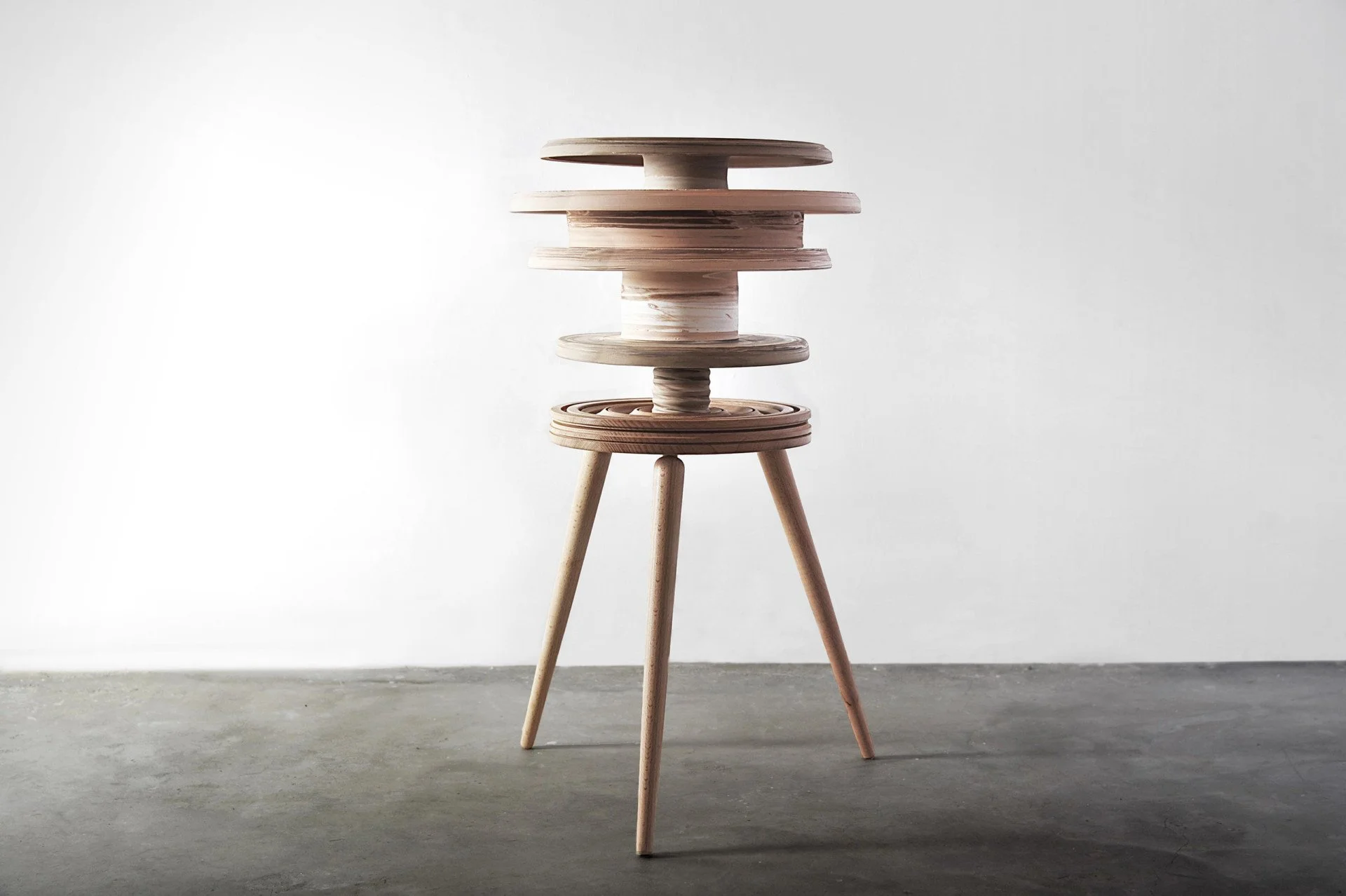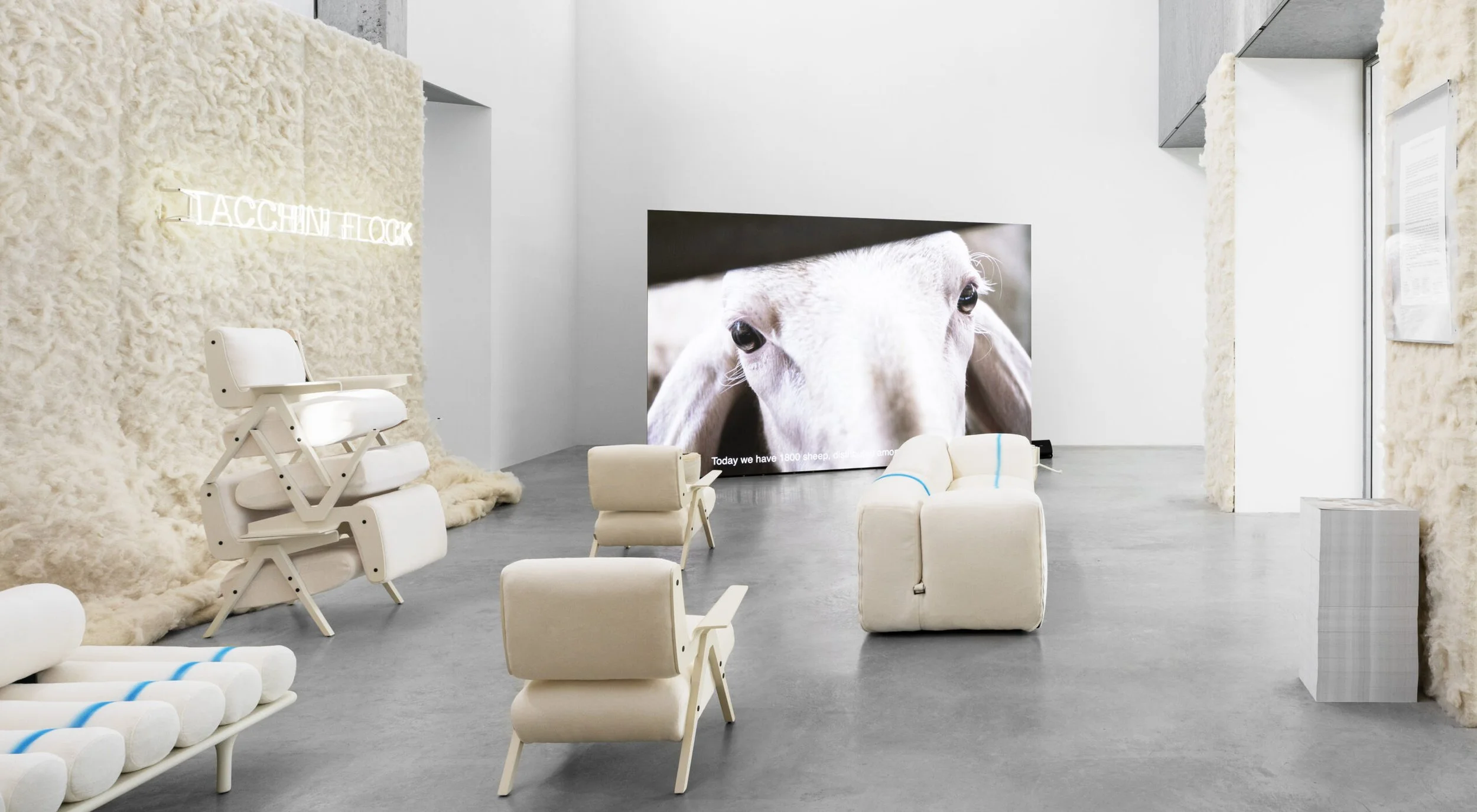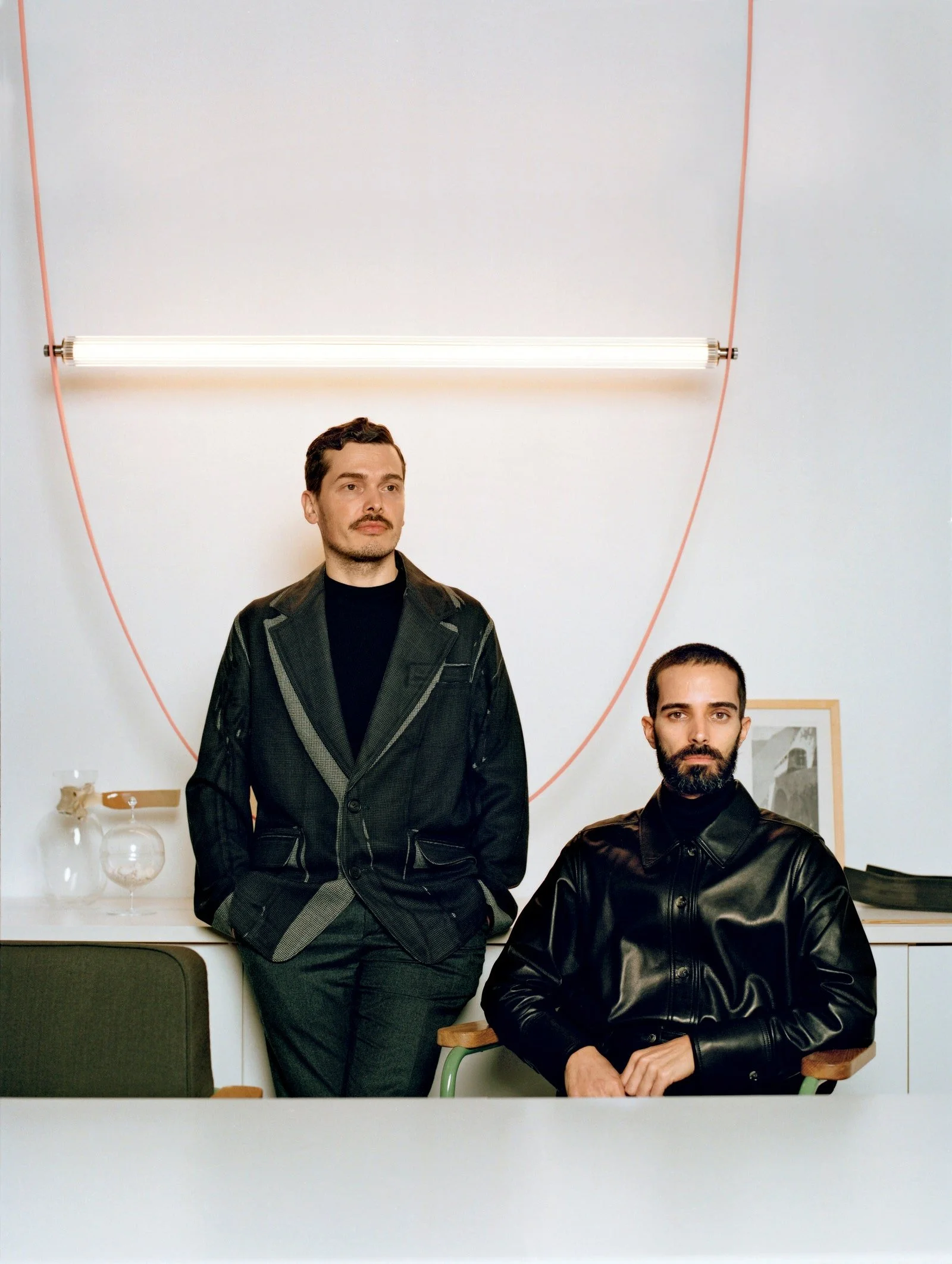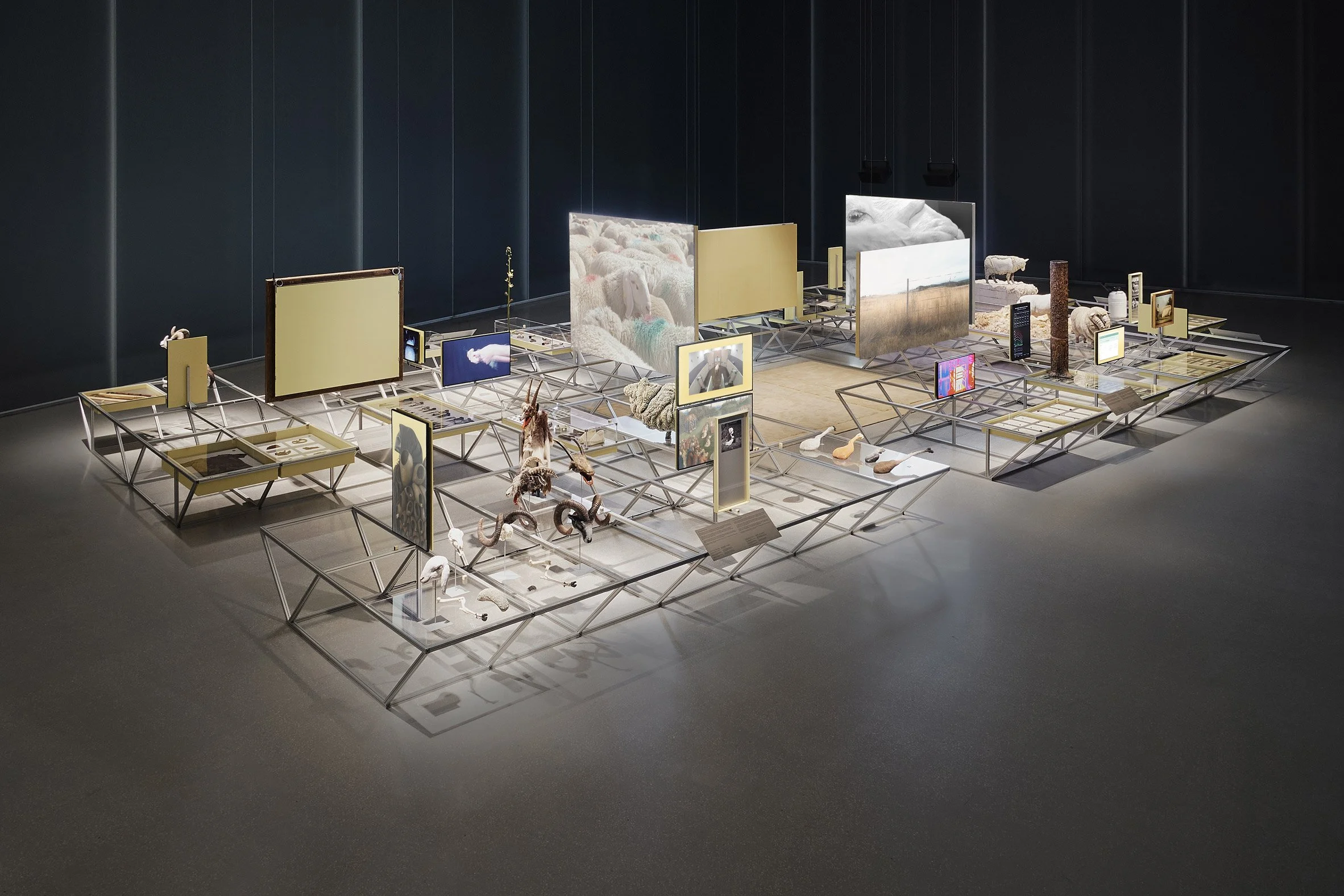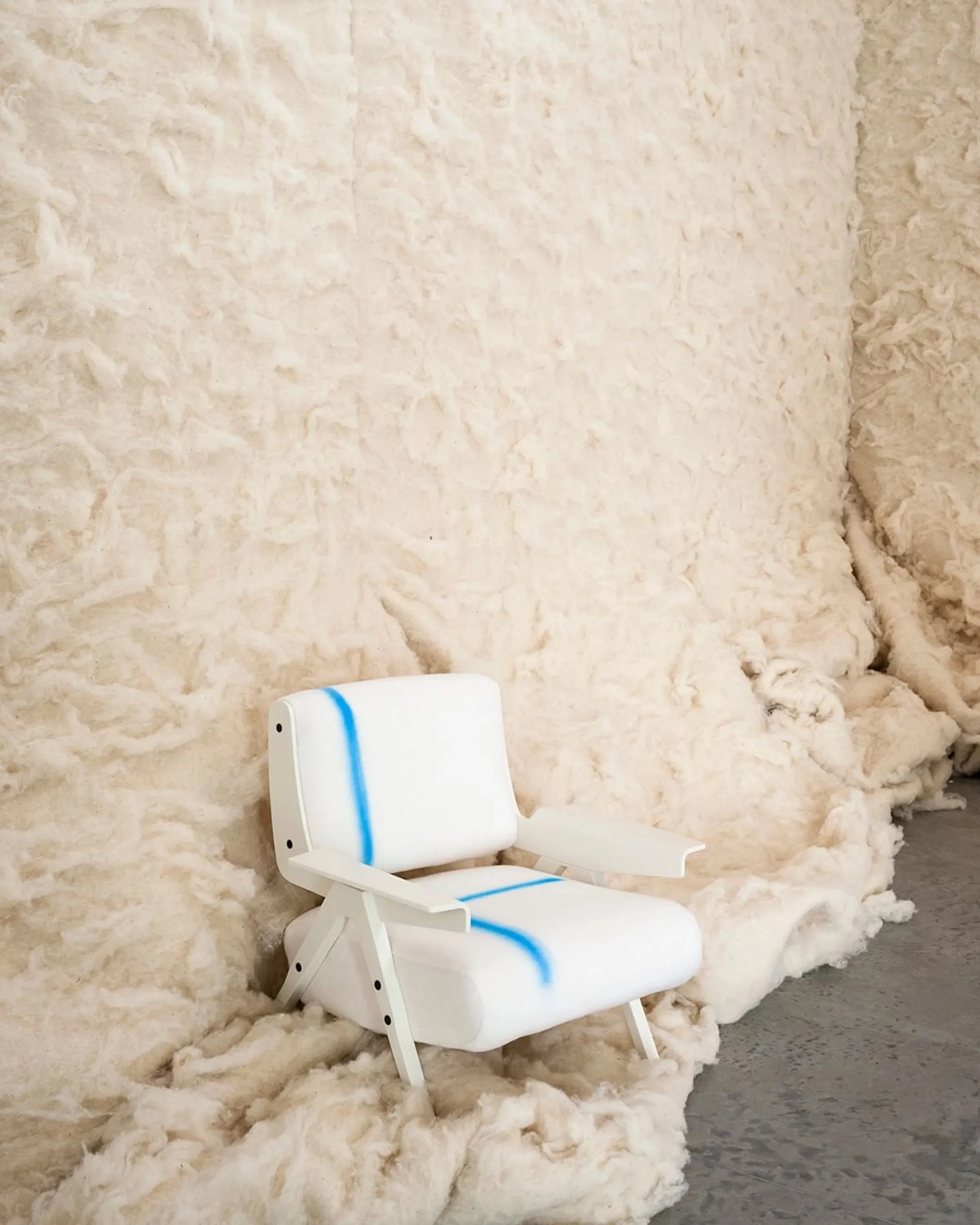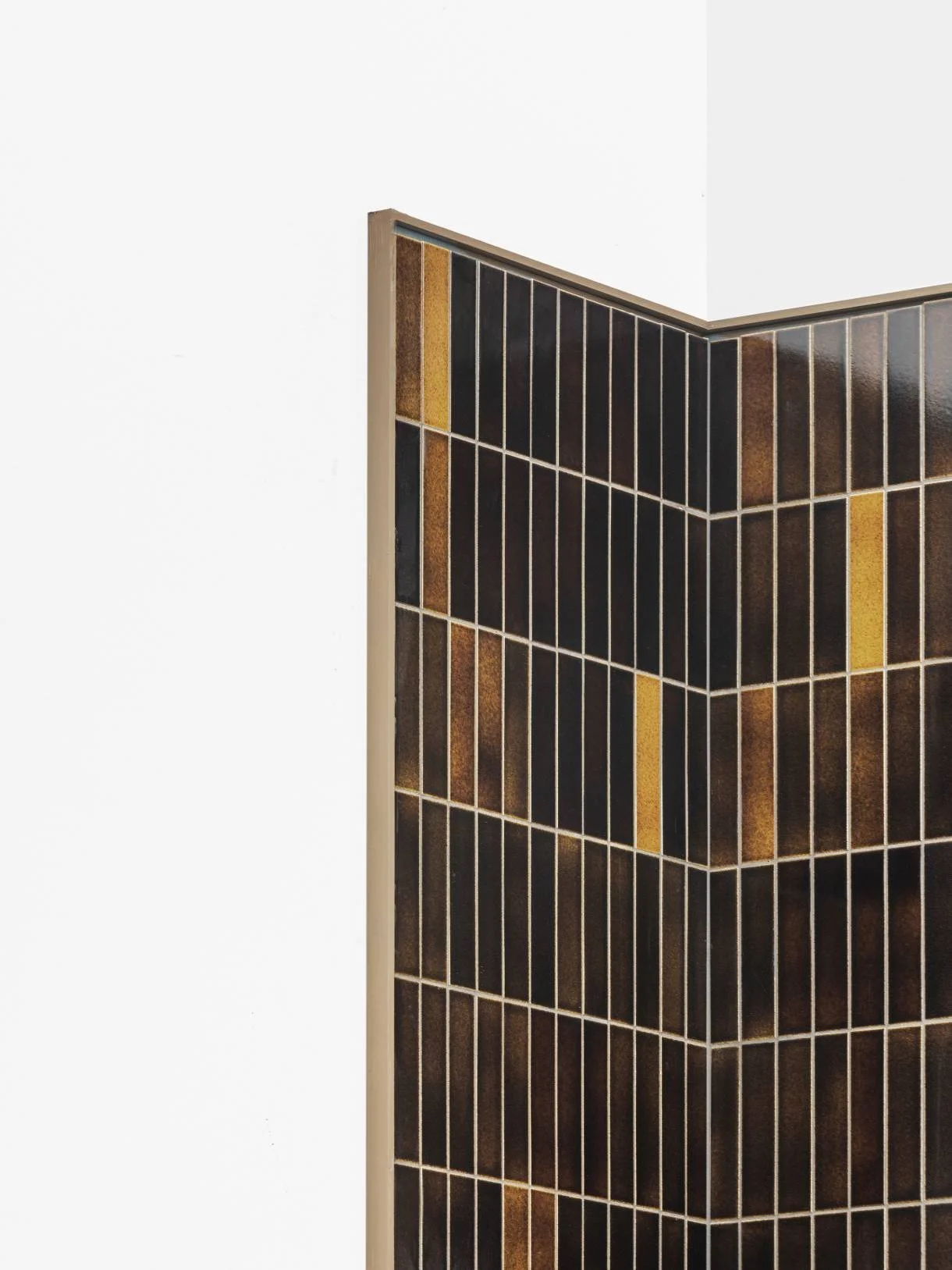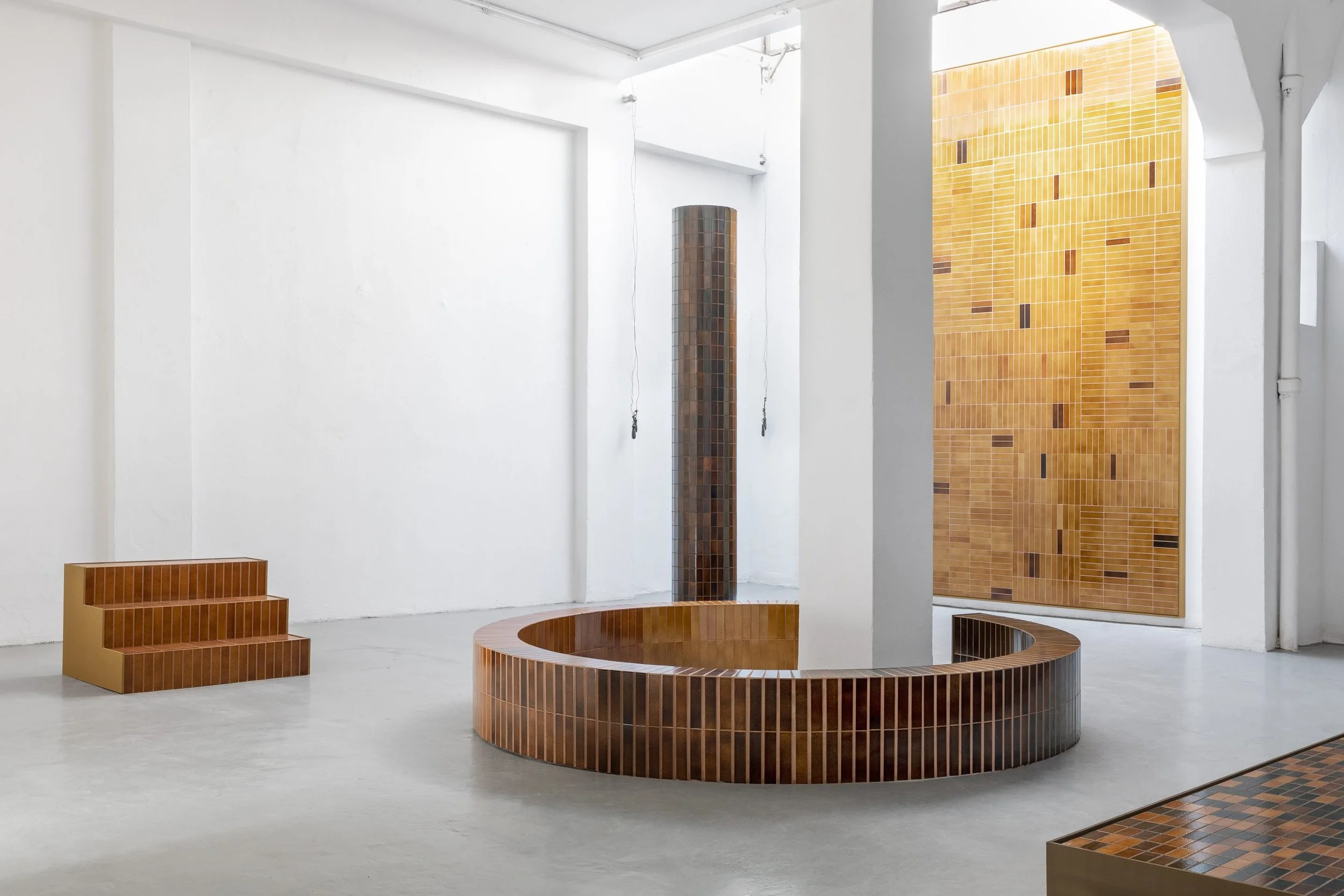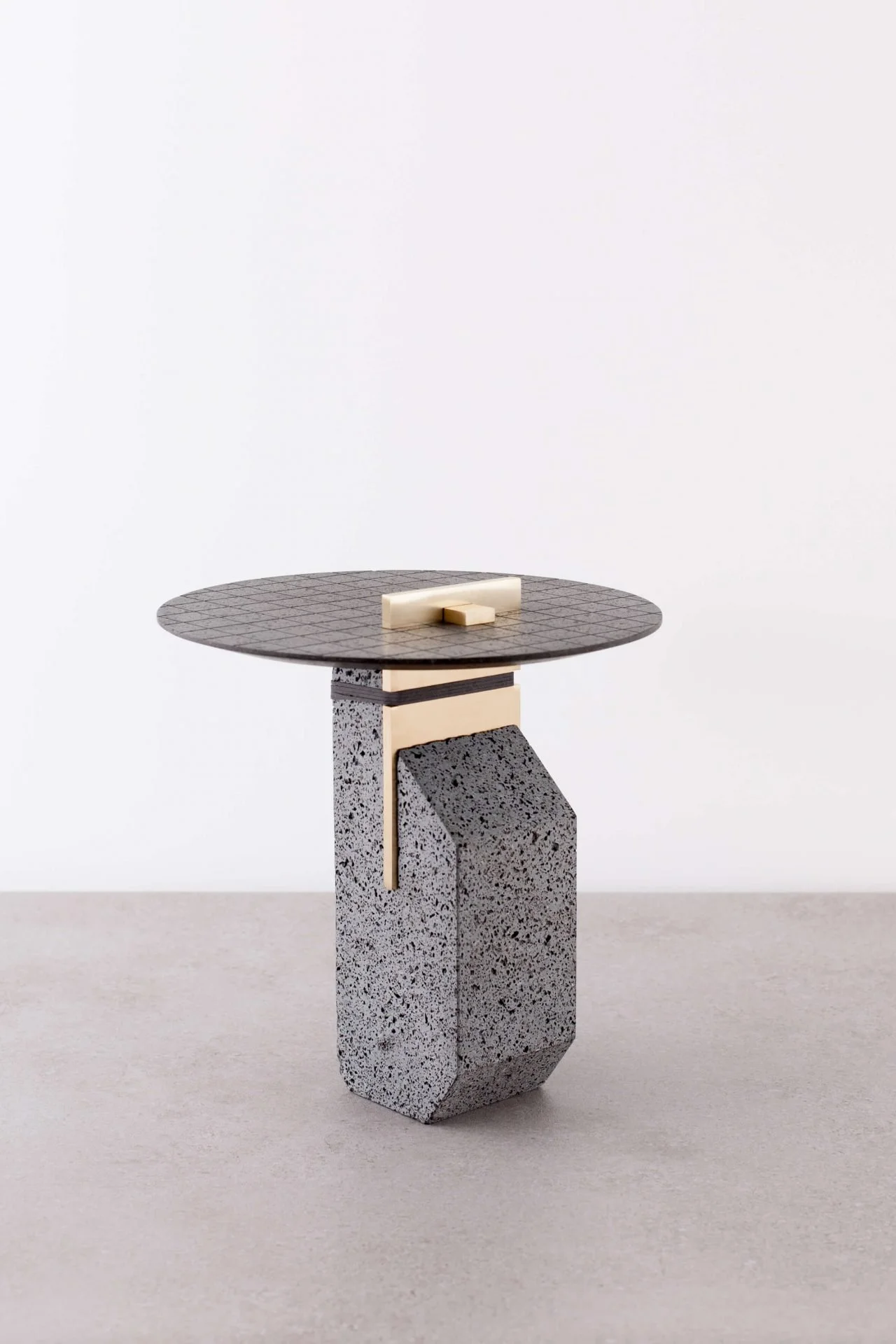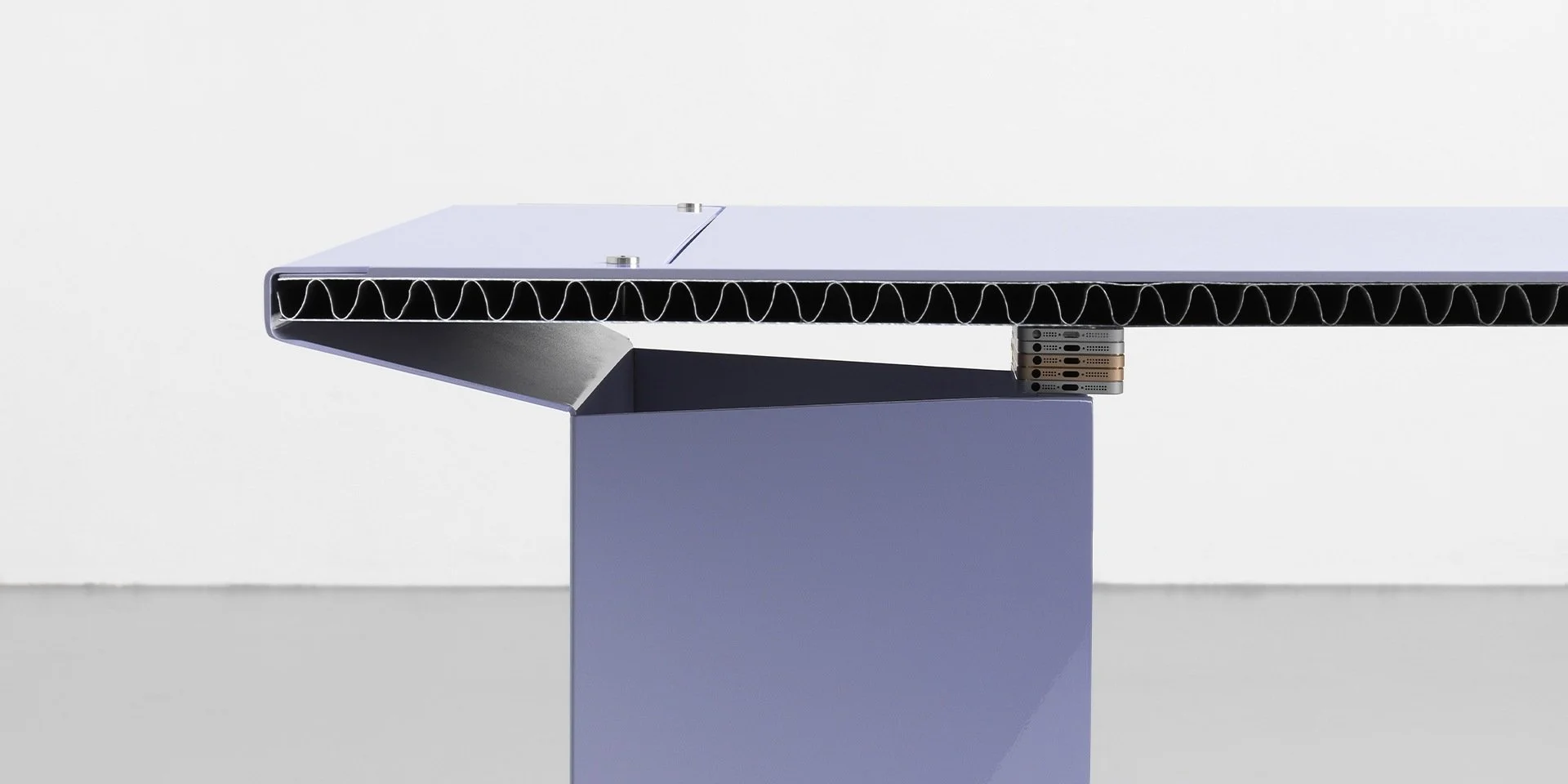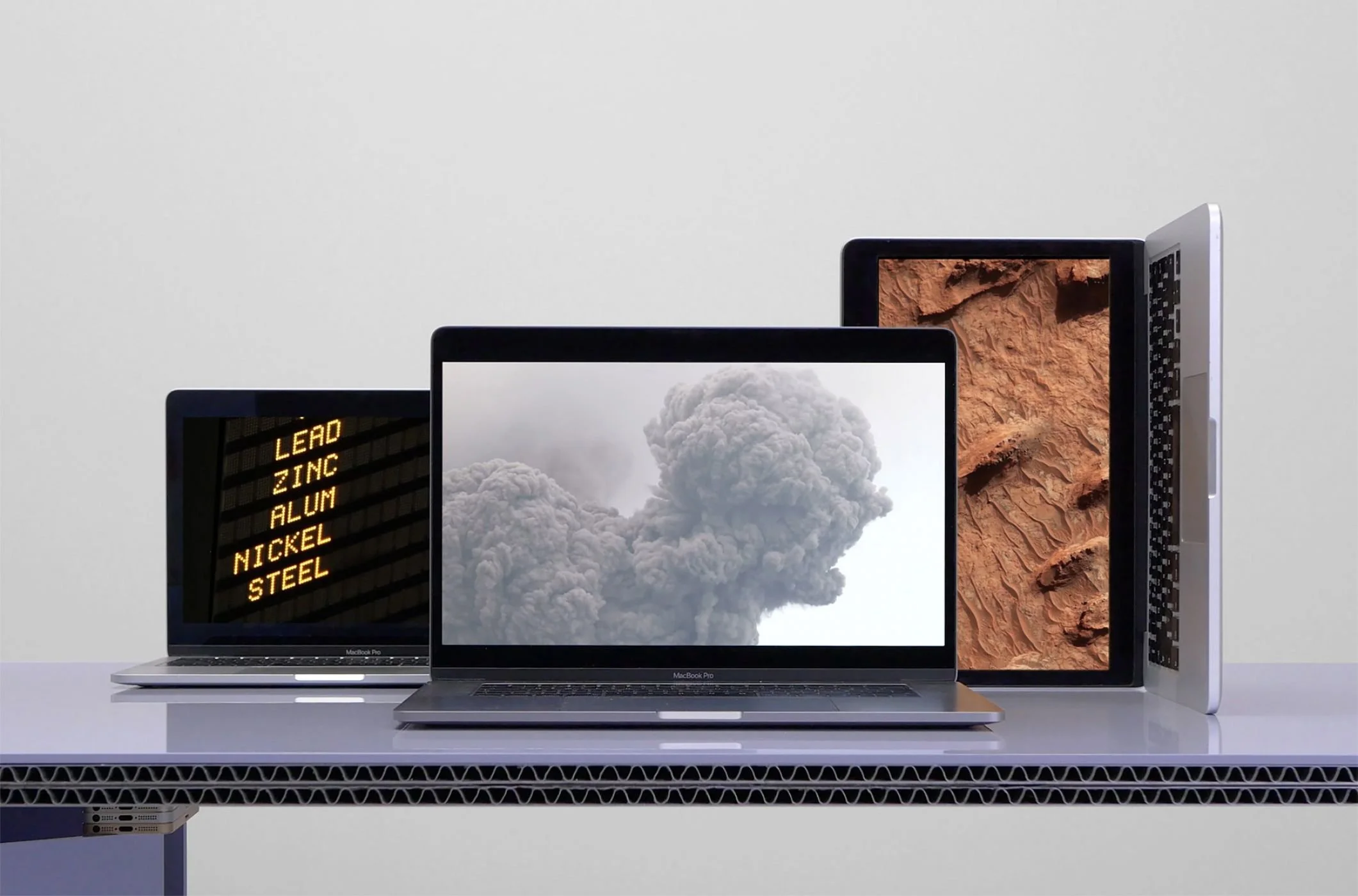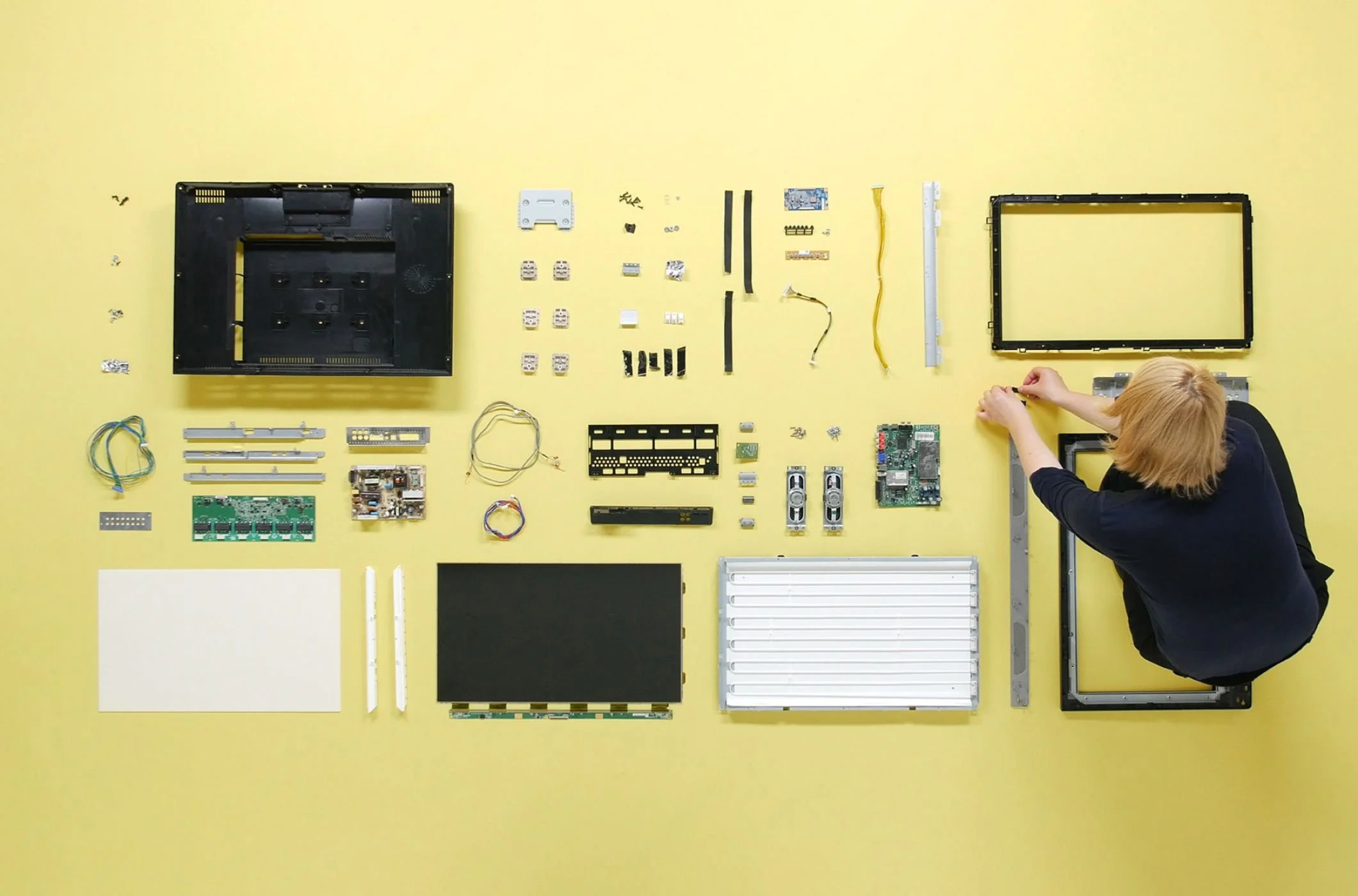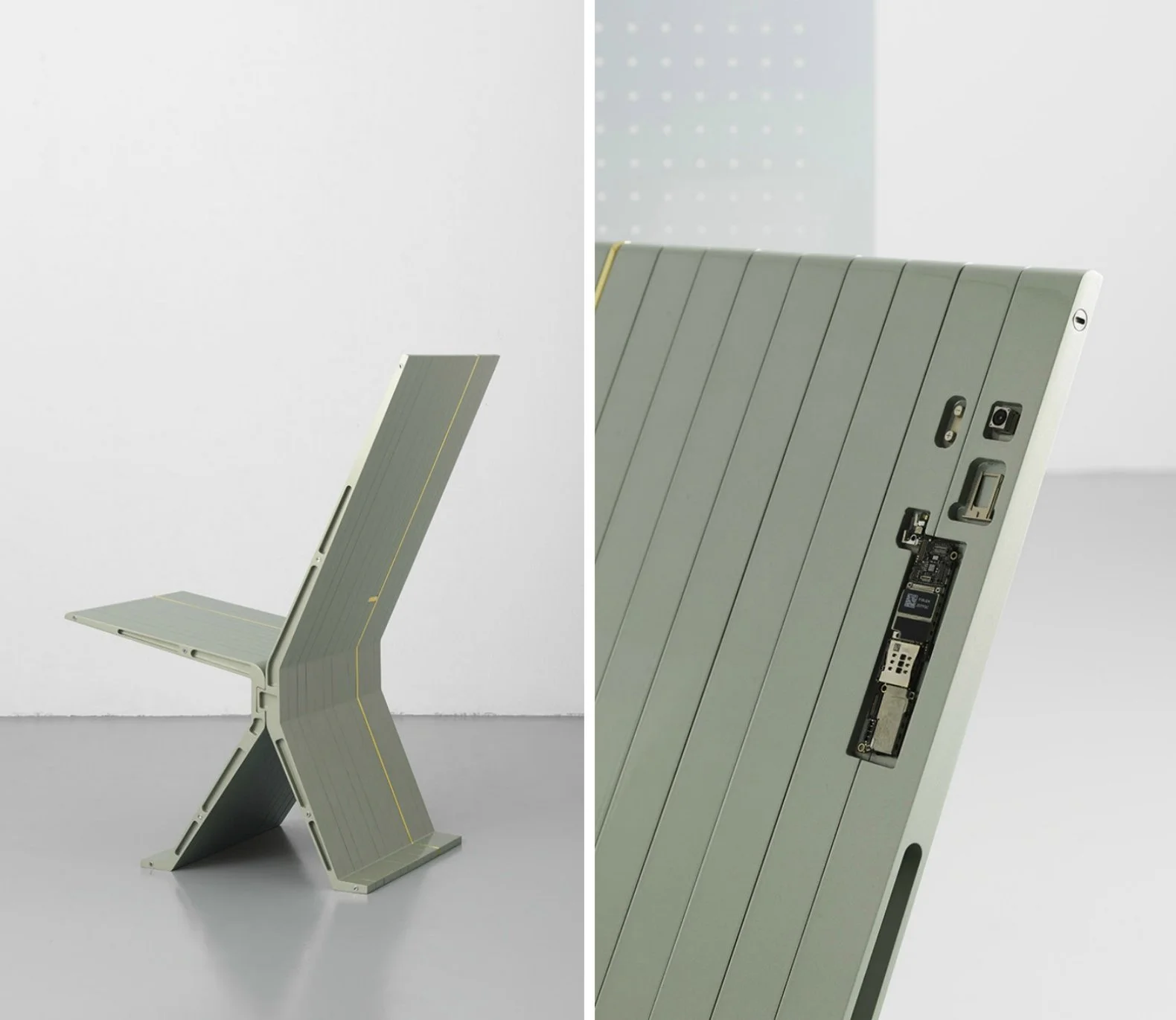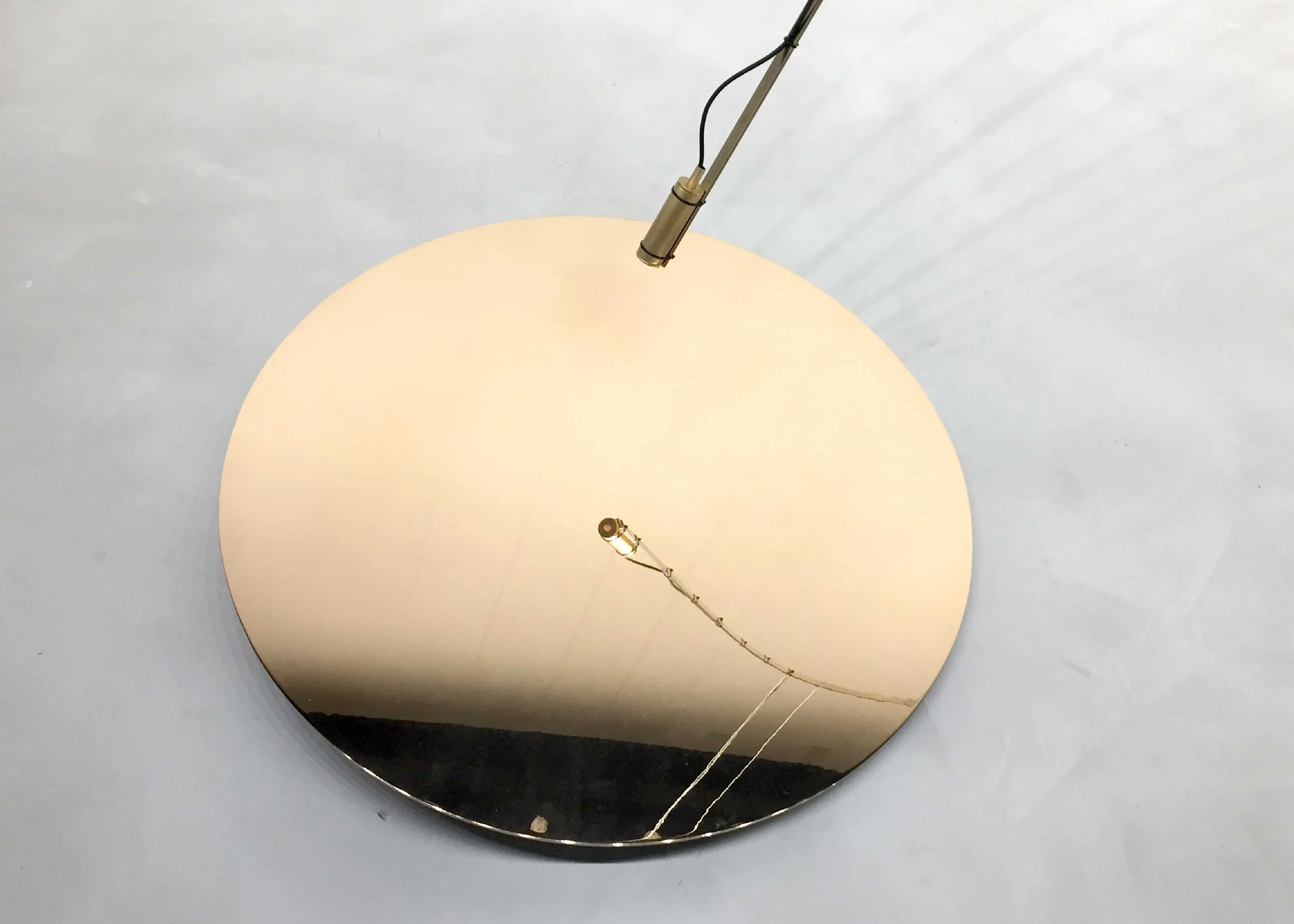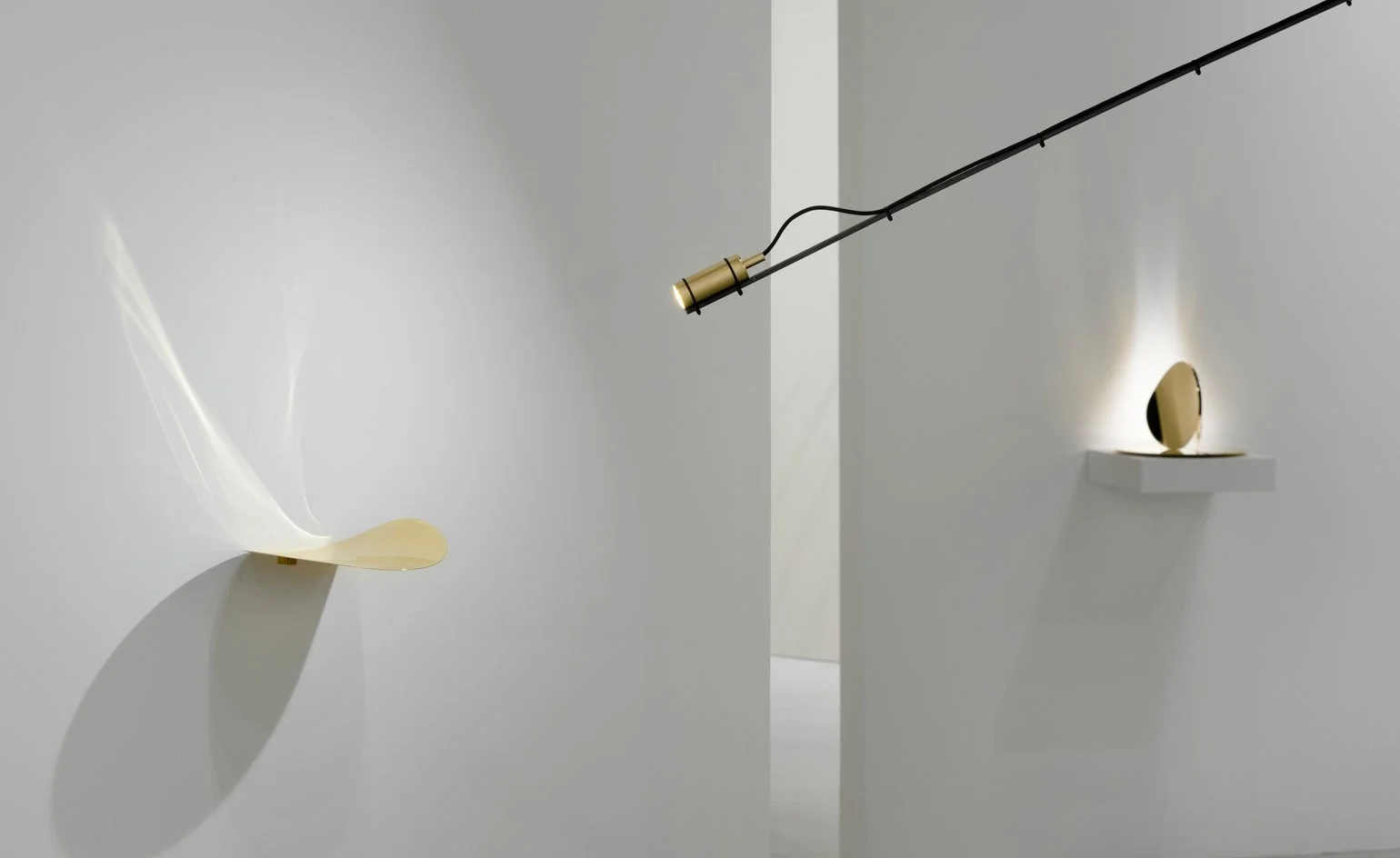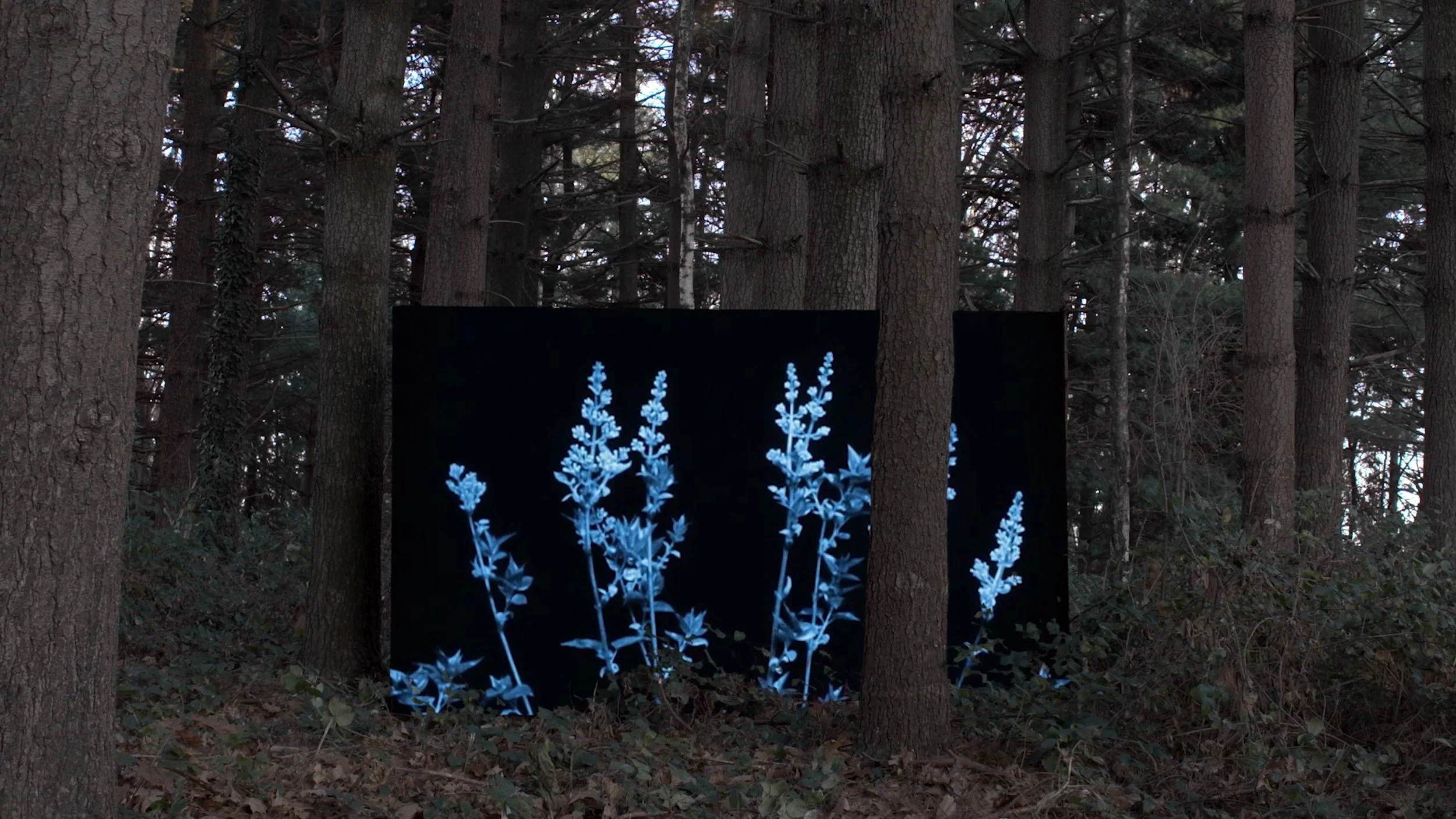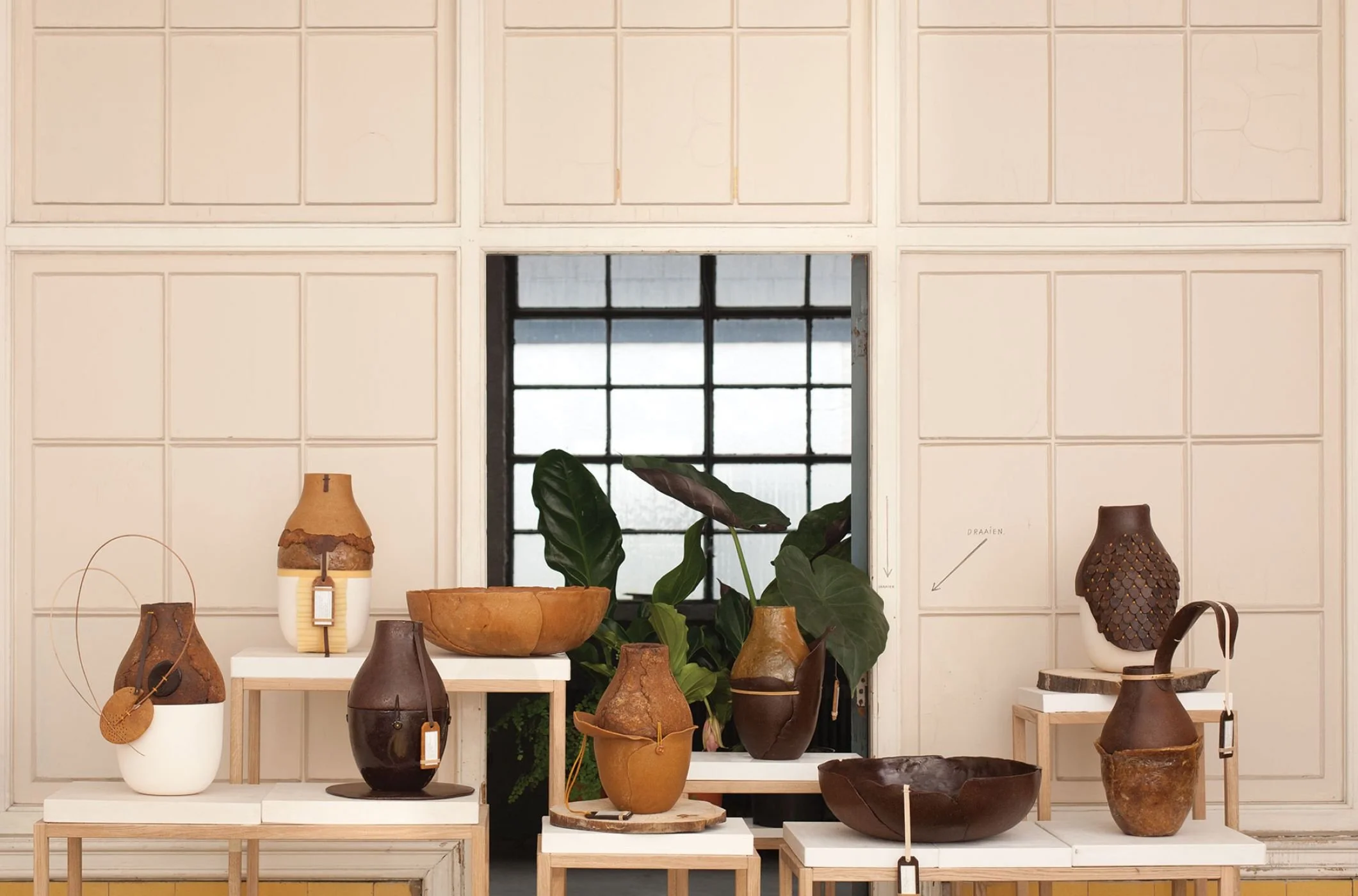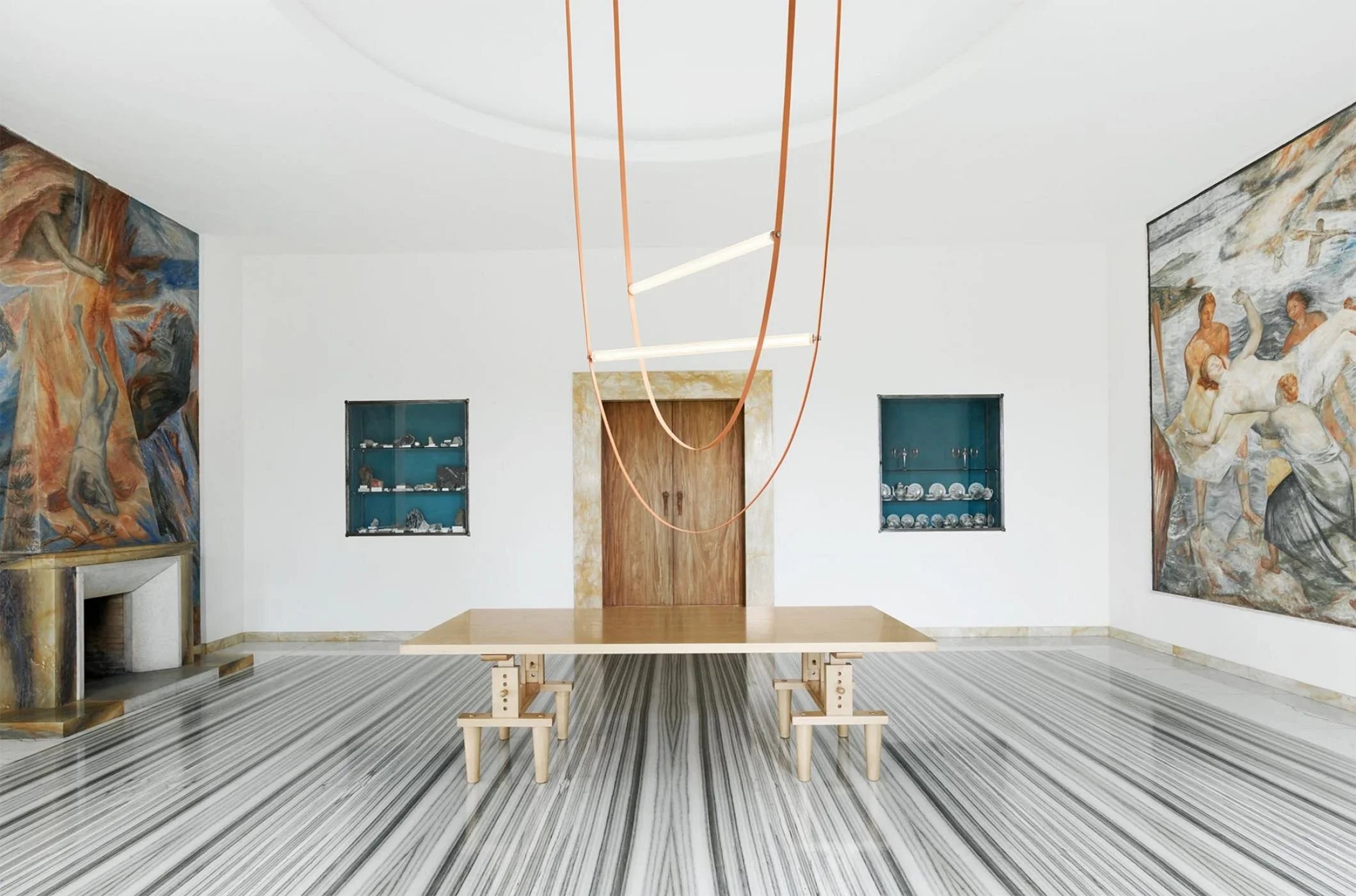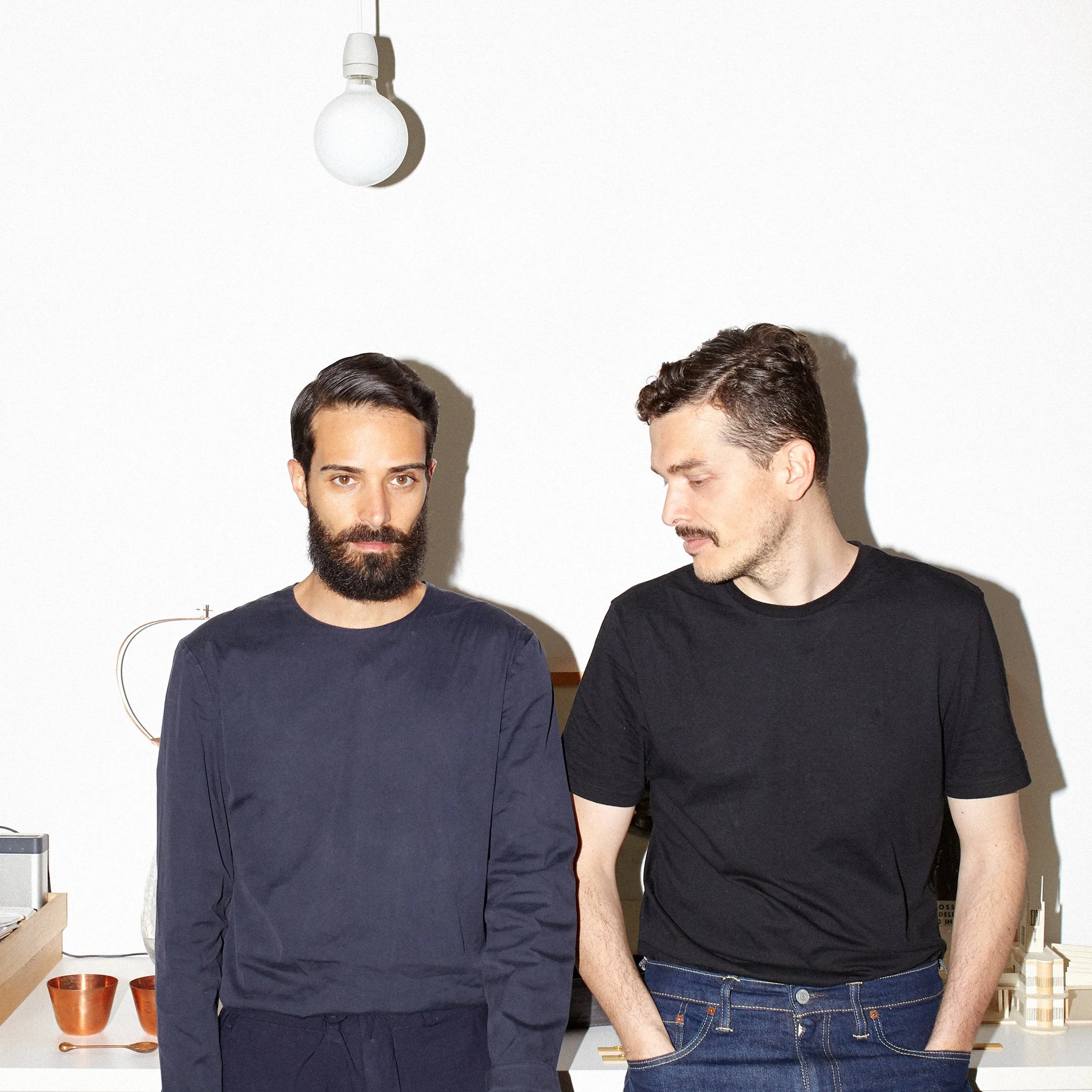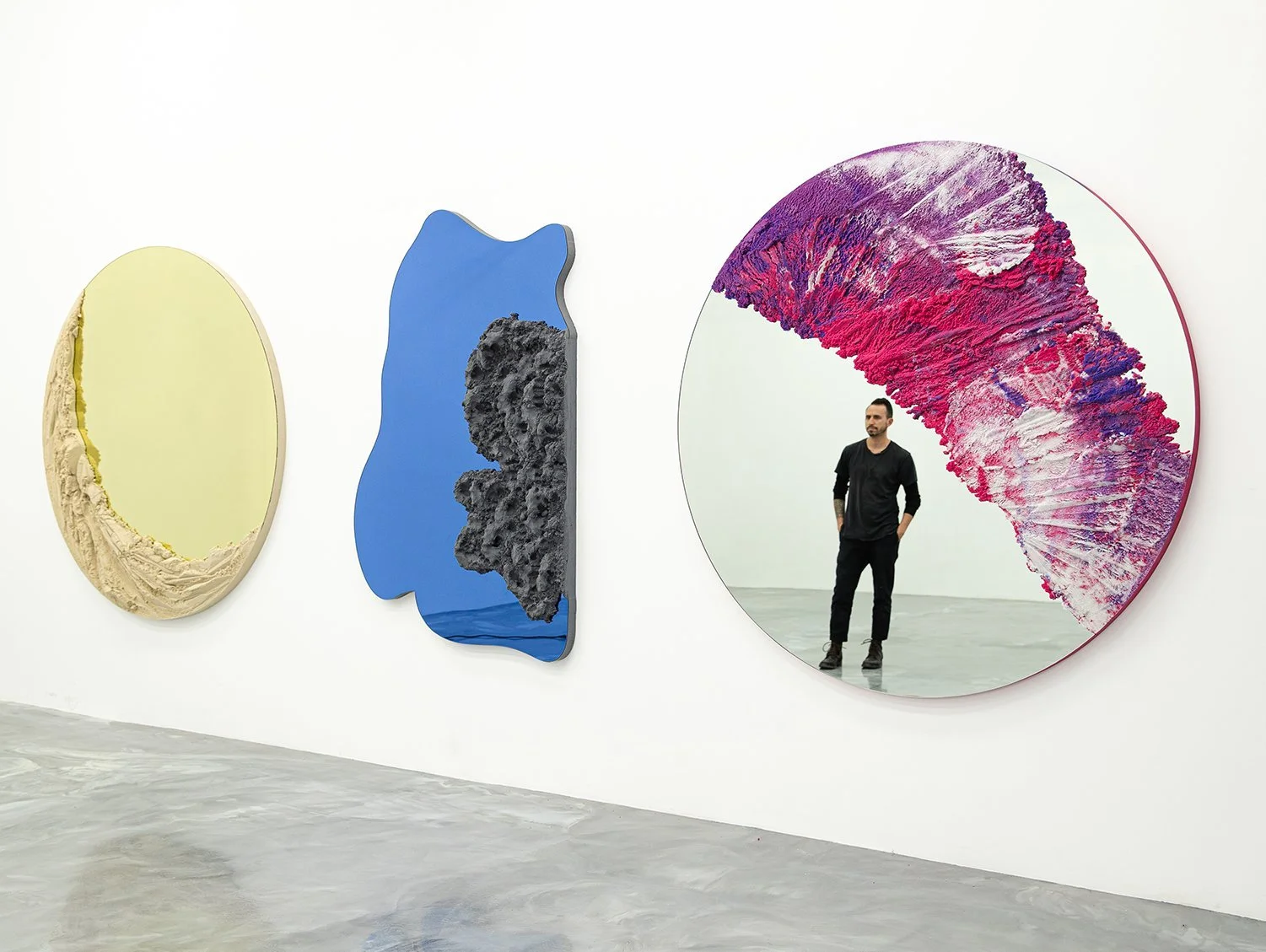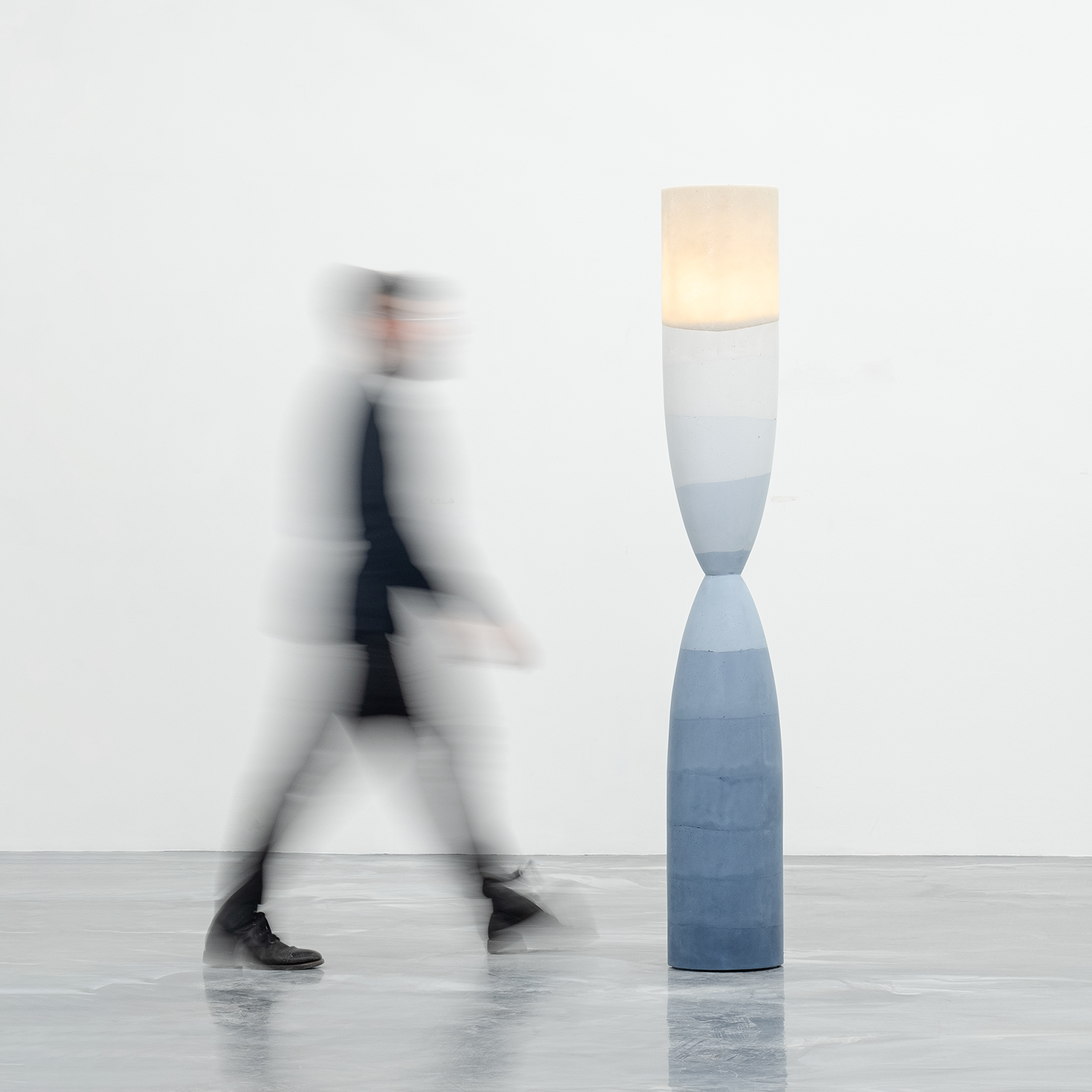 Image 1 of 22
Image 1 of 22

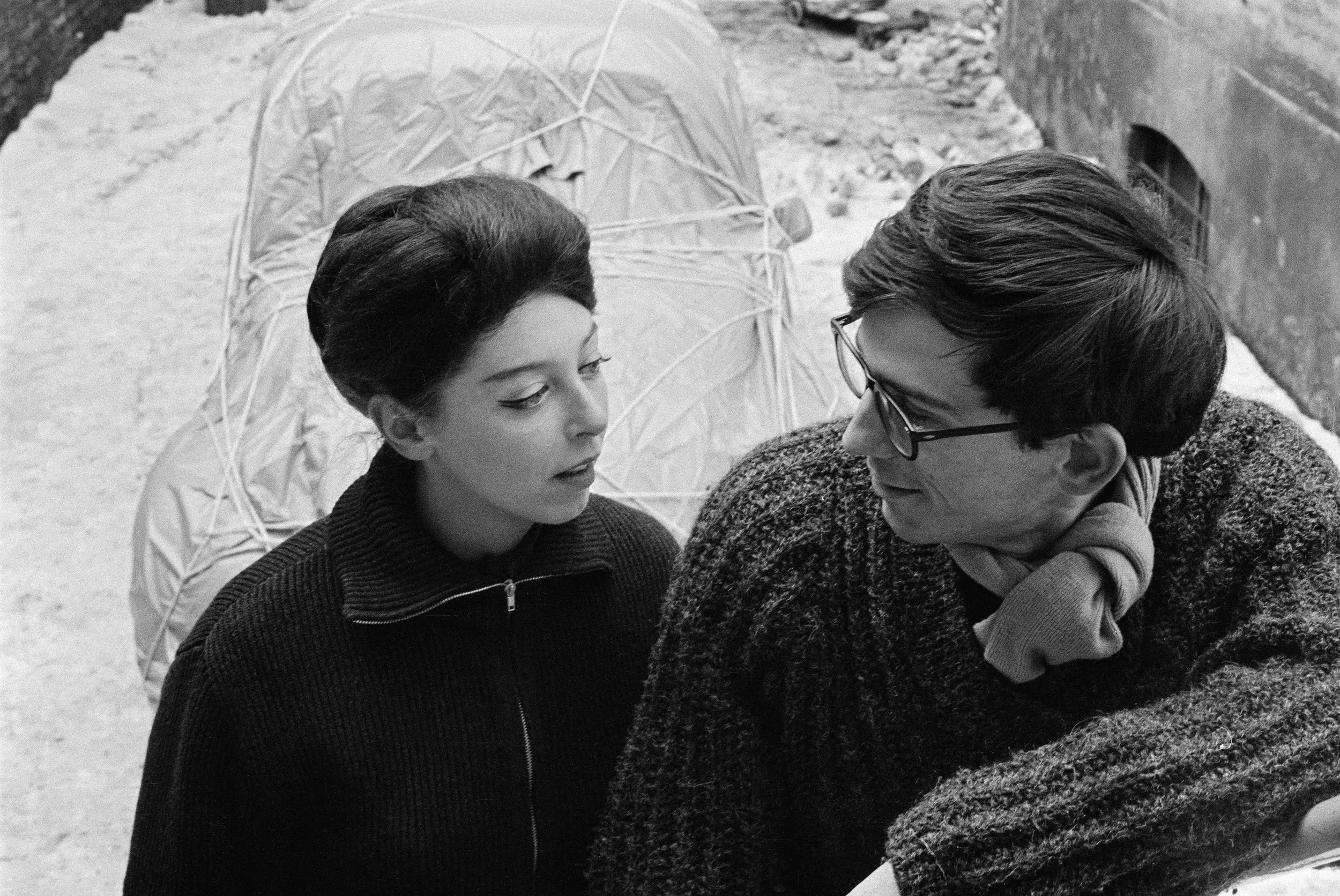 Image 2 of 22
Image 2 of 22

 Image 3 of 22
Image 3 of 22

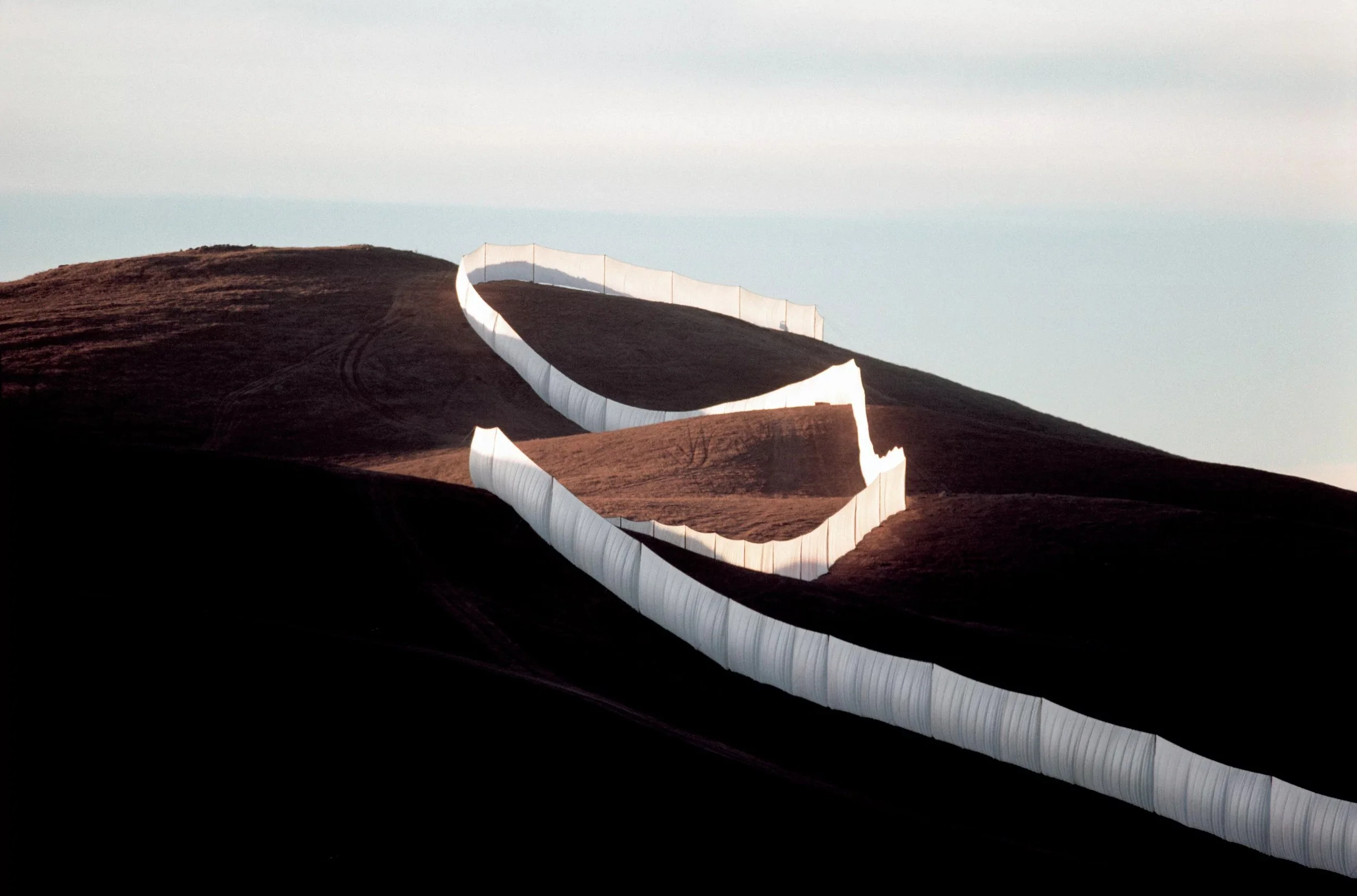 Image 4 of 22
Image 4 of 22

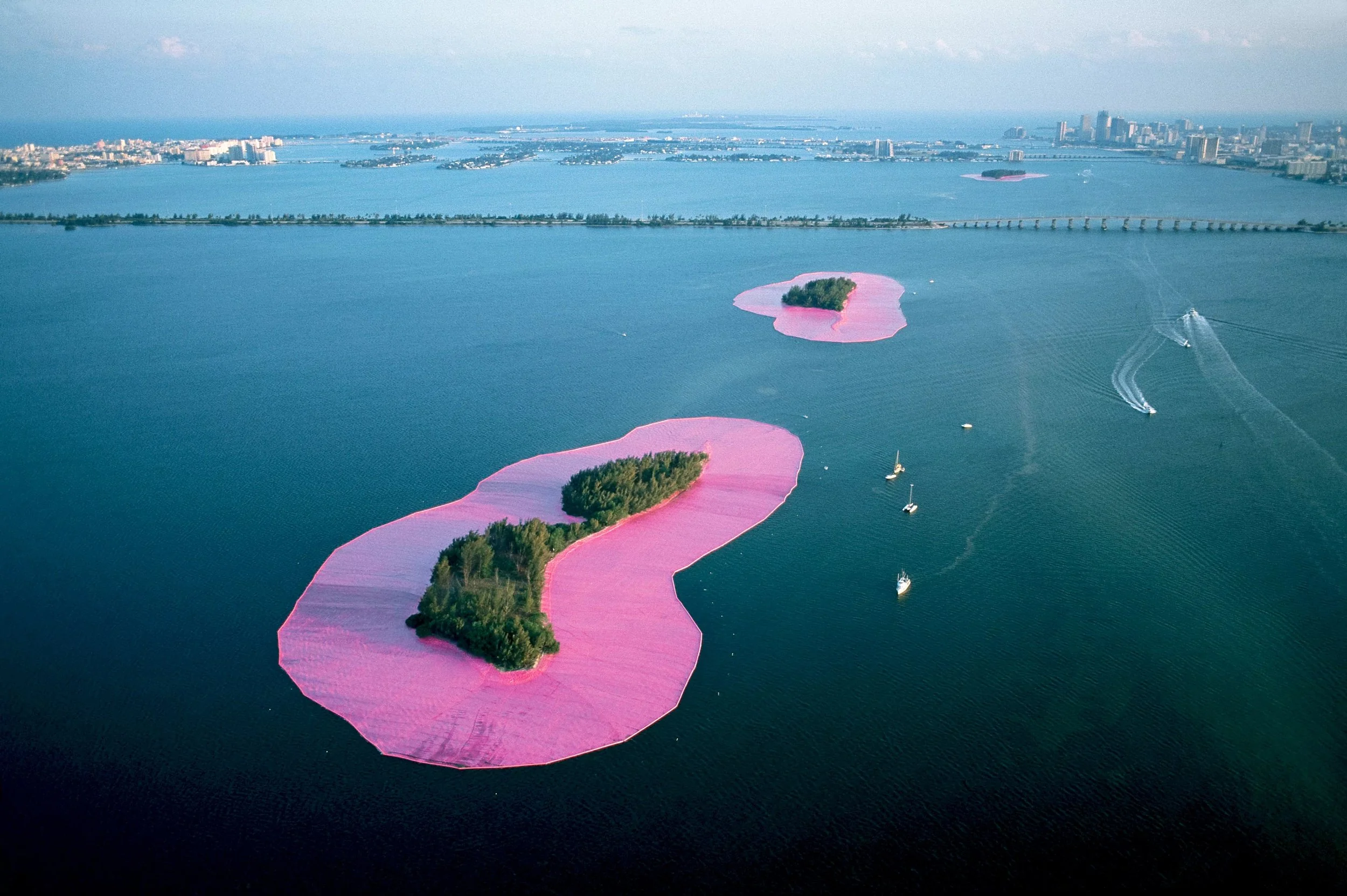 Image 5 of 22
Image 5 of 22

 Image 6 of 22
Image 6 of 22

 Image 7 of 22
Image 7 of 22

 Image 8 of 22
Image 8 of 22

 Image 9 of 22
Image 9 of 22

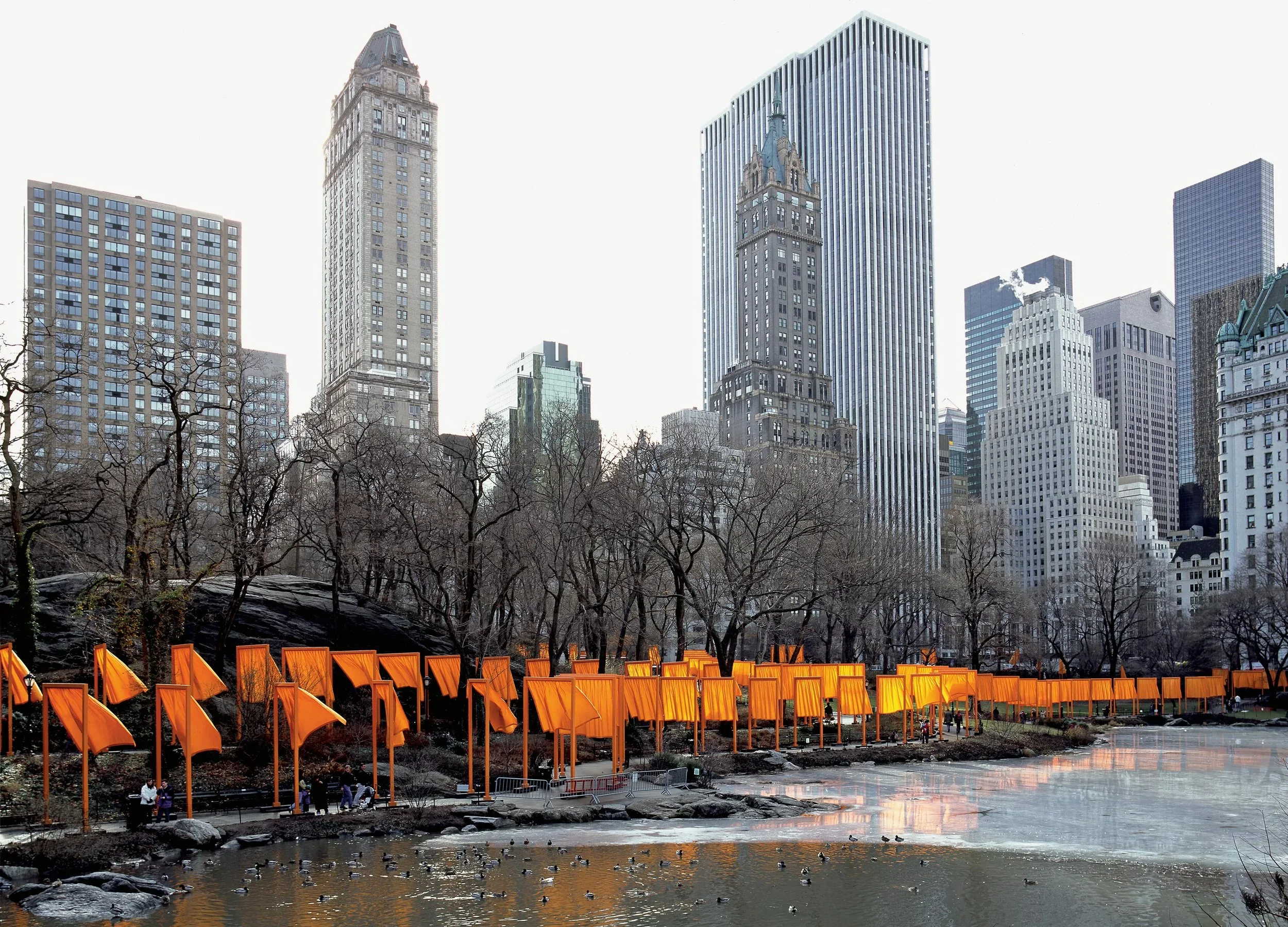 Image 10 of 22
Image 10 of 22

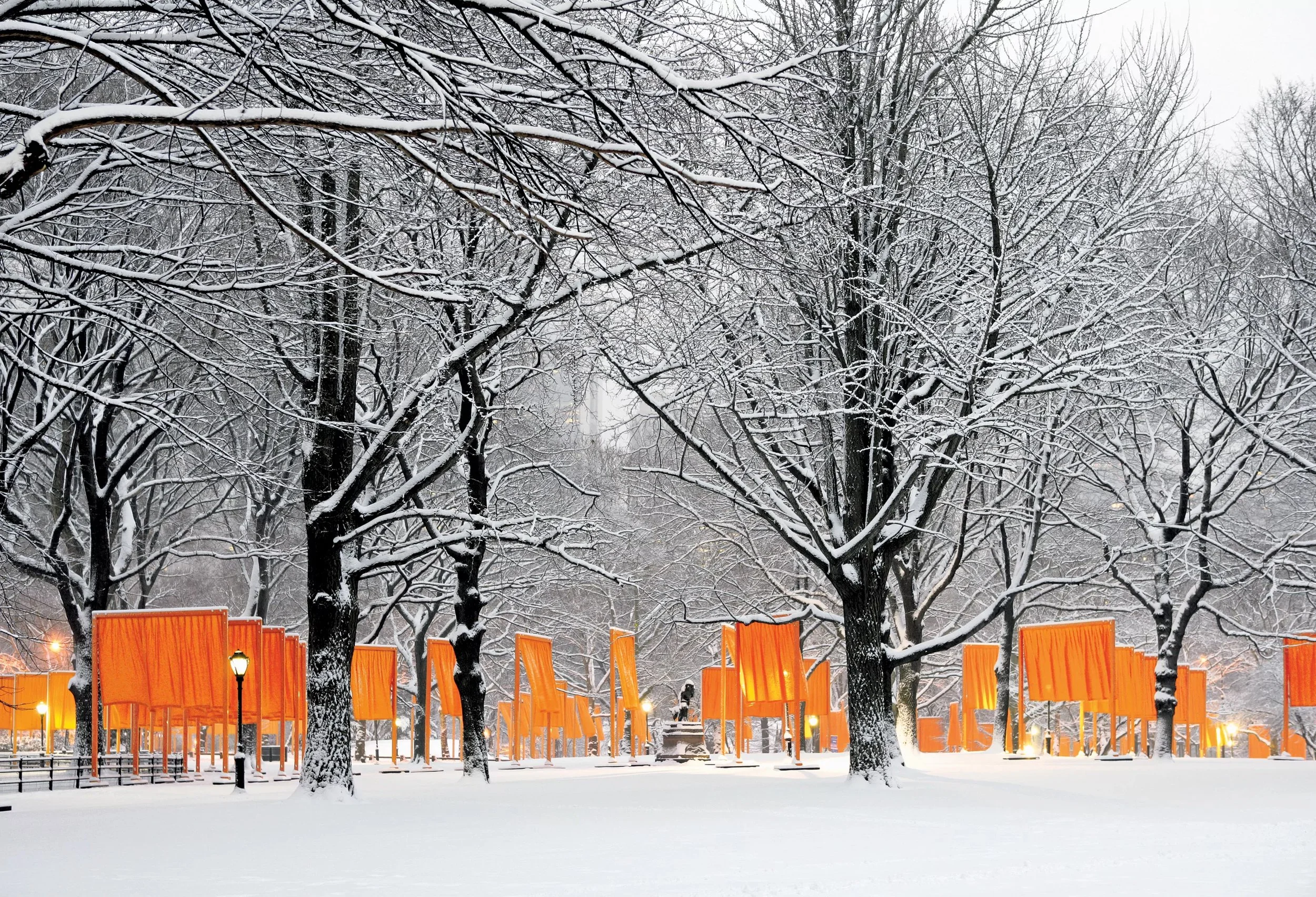 Image 11 of 22
Image 11 of 22

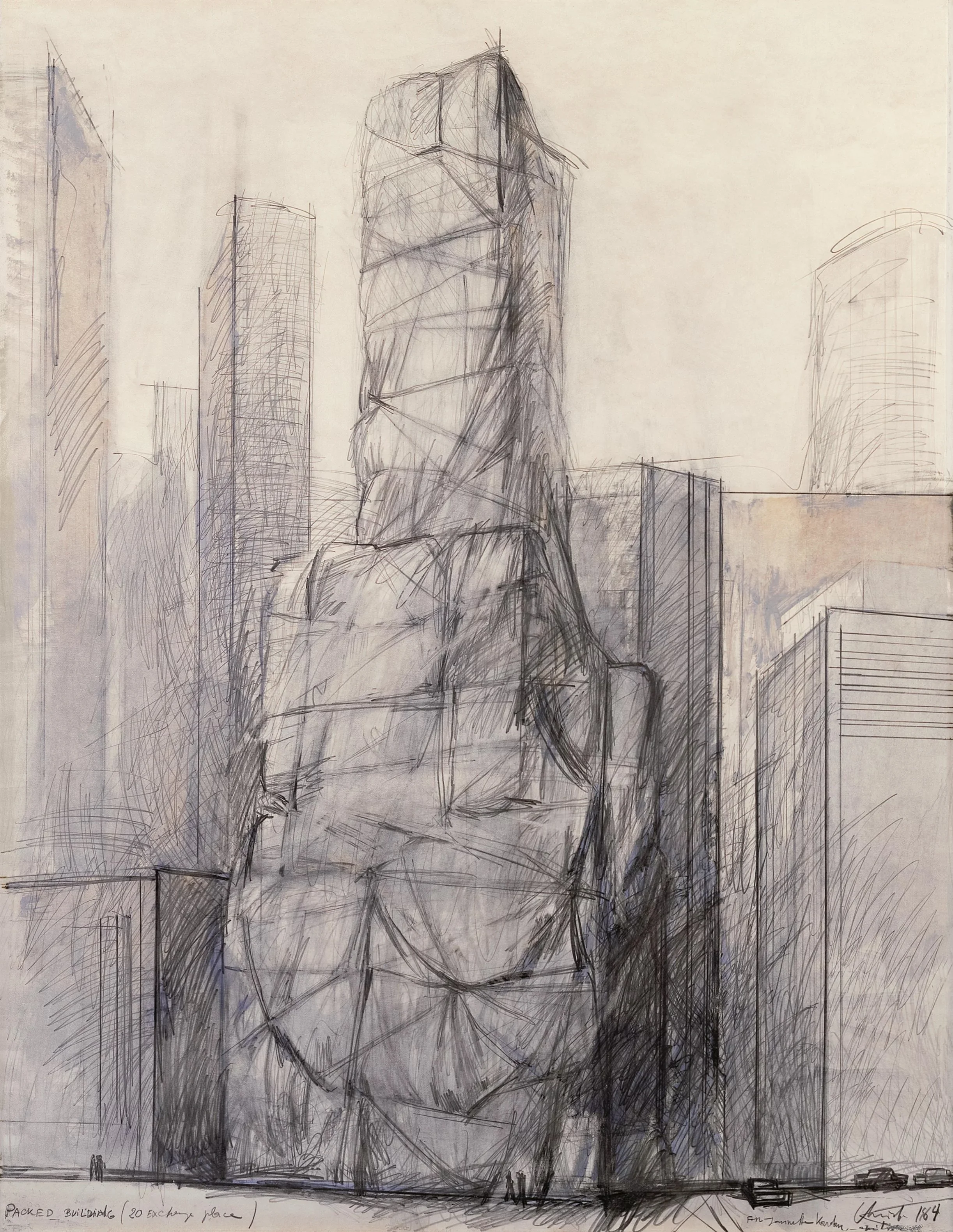 Image 12 of 22
Image 12 of 22

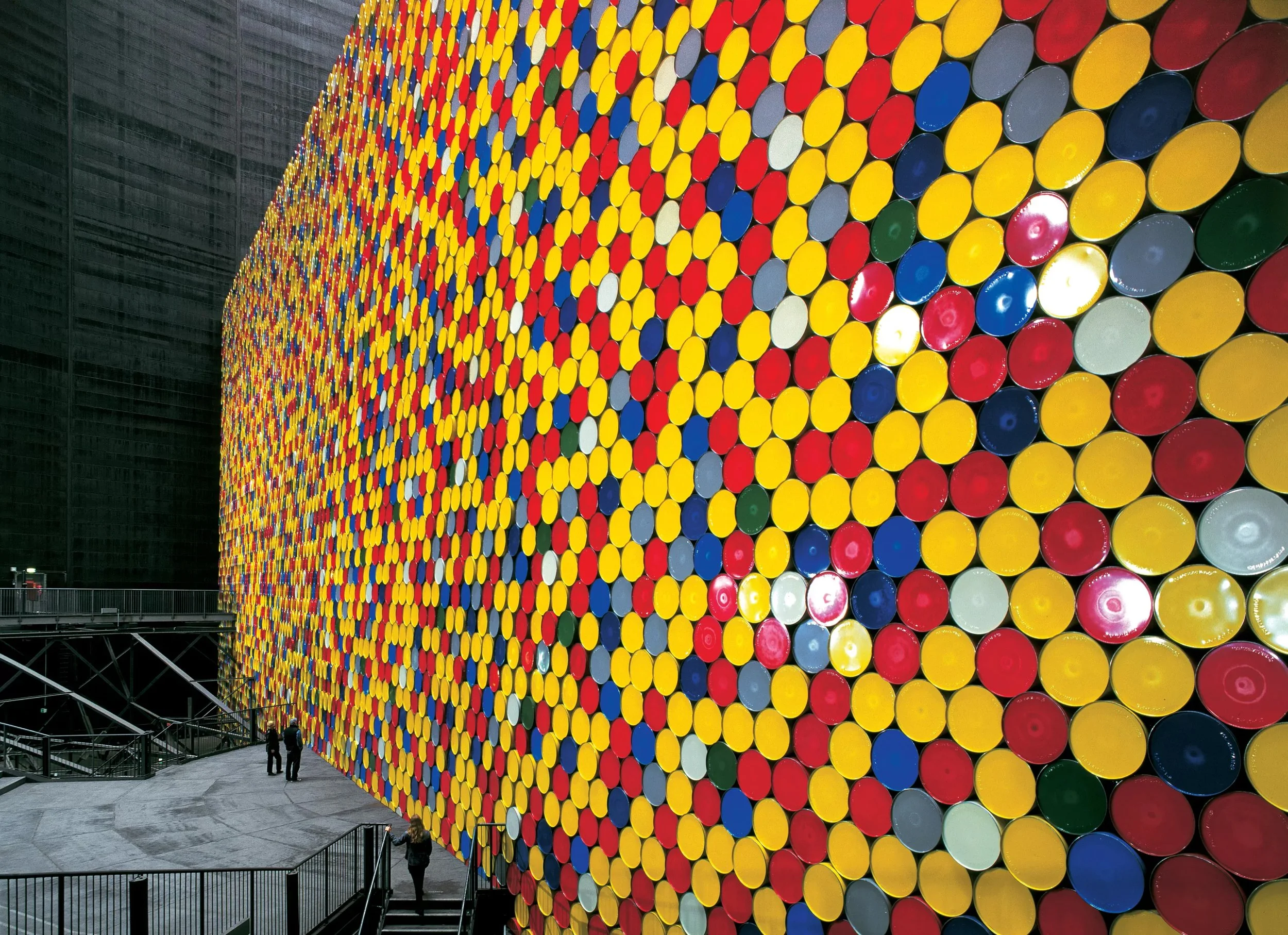 Image 13 of 22
Image 13 of 22

 Image 14 of 22
Image 14 of 22

 Image 15 of 22
Image 15 of 22

 Image 16 of 22
Image 16 of 22

 Image 17 of 22
Image 17 of 22

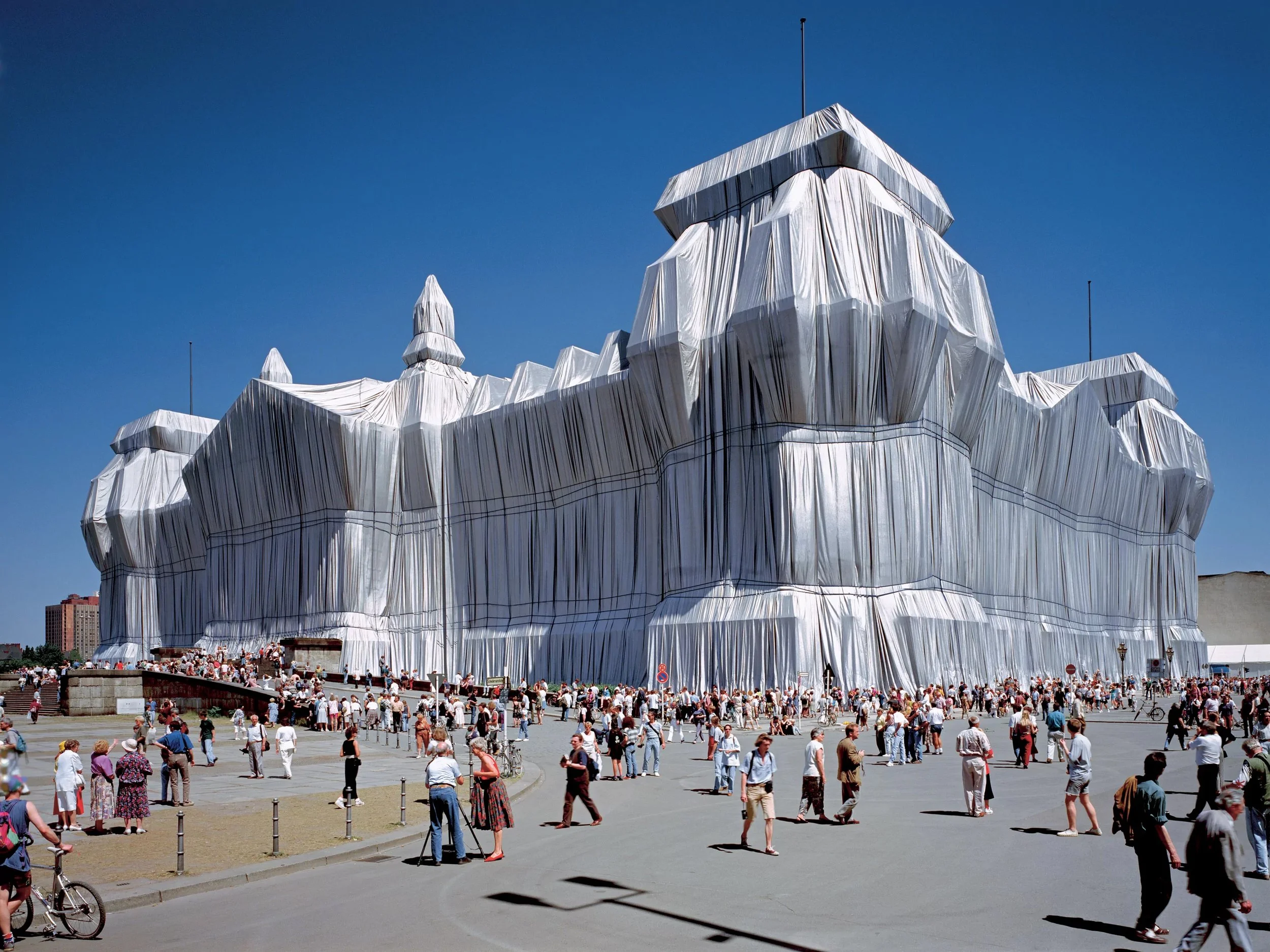 Image 18 of 22
Image 18 of 22

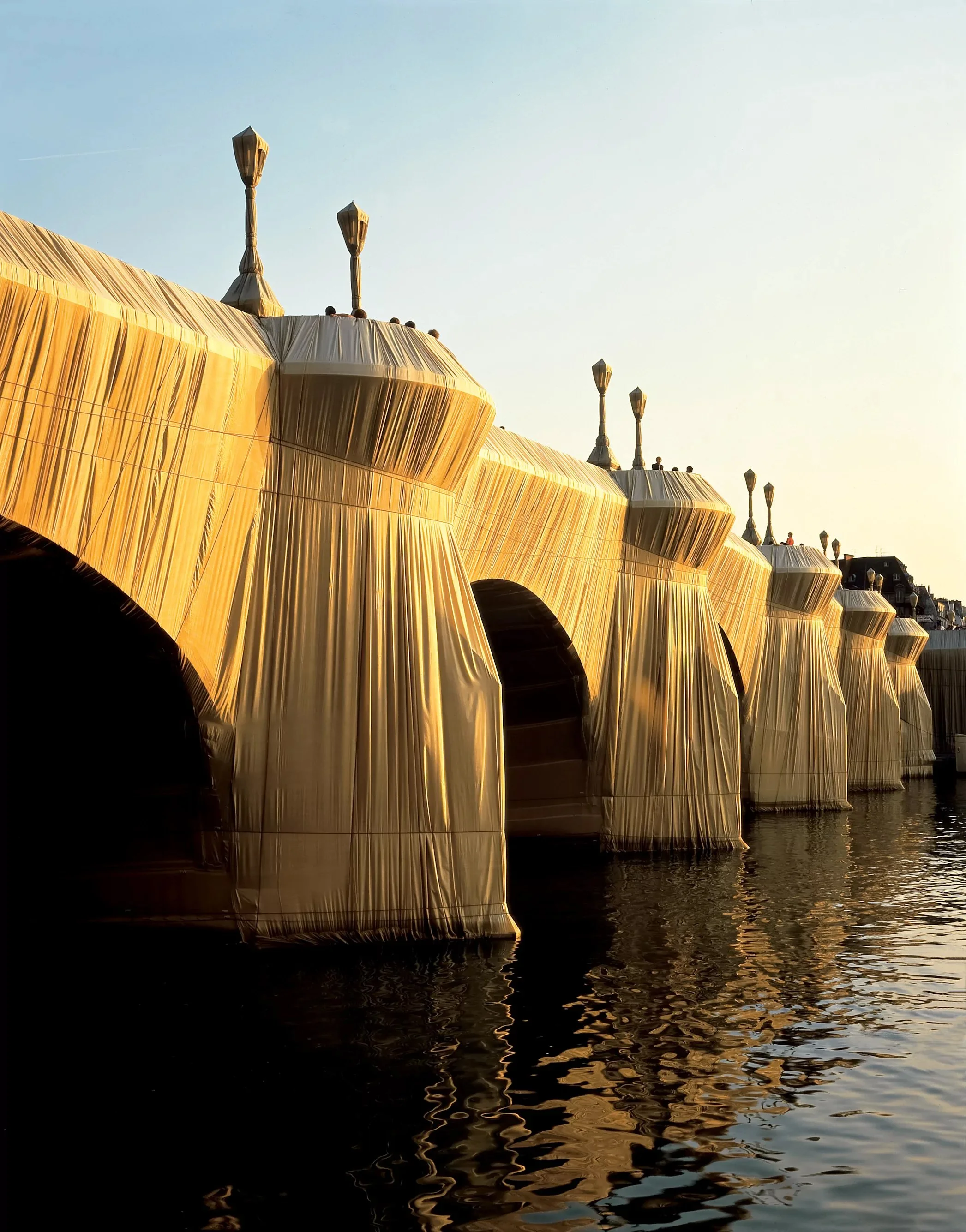 Image 19 of 22
Image 19 of 22

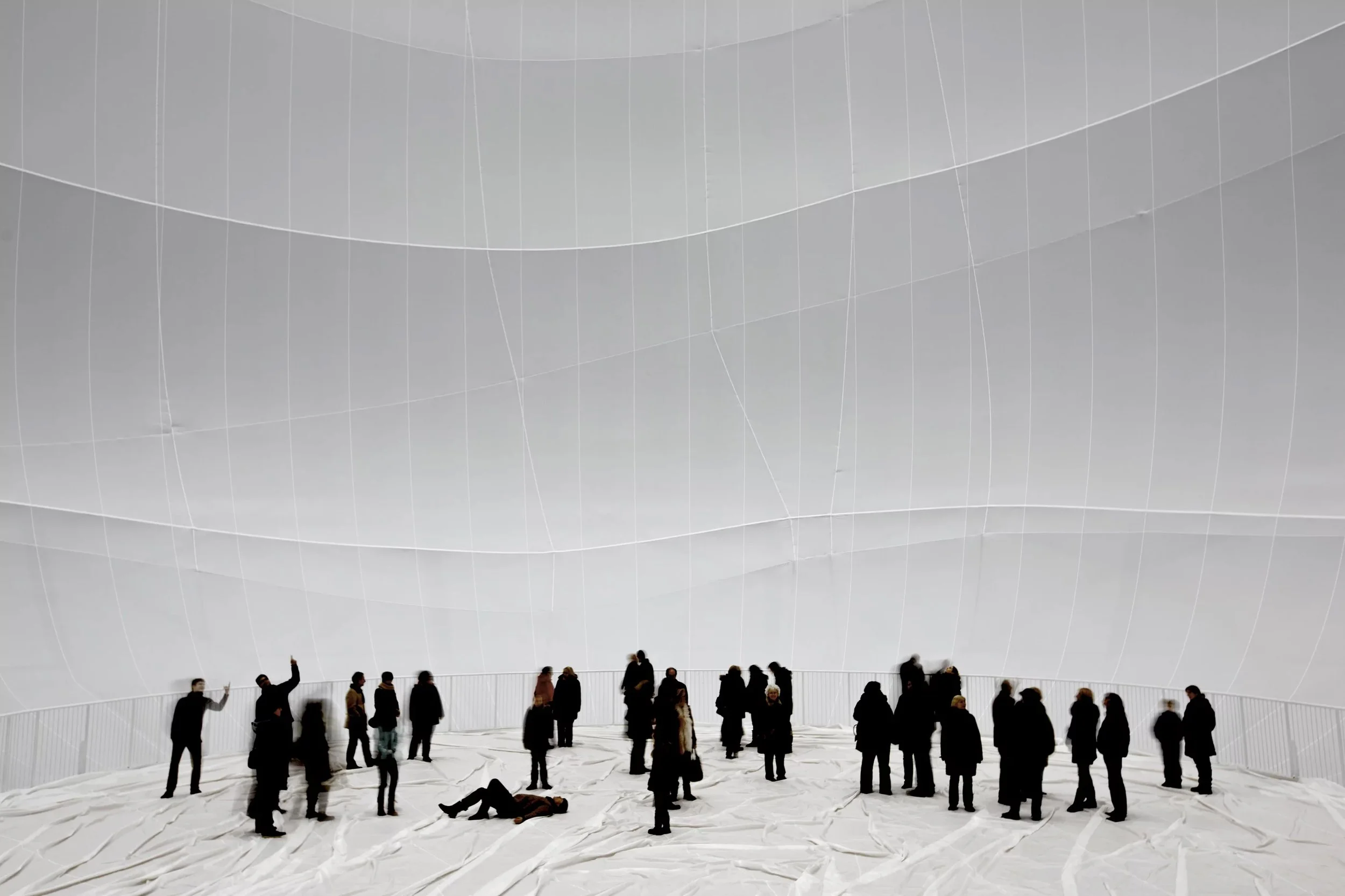 Image 20 of 22
Image 20 of 22

 Image 21 of 22
Image 21 of 22

 Image 22 of 22
Image 22 of 22























Christo and Jeanne-Claude made site-specific environmental installations
Christo and Jeanne-Claude were a collaborative artist duo known for their monumental environmental installations. The artists' mission was to create temporary works of art that transformed landscapes and architectural structures, challenging perceptions and creating new ways of seeing familiar environments. Their legacy focuses on completing unrealized projects and ensuring the proper recycling and reuse of materials from past works. Core values include innovation, environmental awareness, and public engagement, with a purpose to redefine the relationship between art, environment, and society.
Location
Headquarters: New York City, USA (historical base of operations).
Note: Projects were site-specific, with locations chosen for their cultural, historical, or environmental significance.
The Circular Vision
Core circular economy principles: Designing temporary installations, using recyclable materials, and ensuring the complete removal and recycling of all project components.
Key innovations: Development of large-scale, site-specific installations that could be entirely removed and recycled, leaving no permanent impact on the environment.
Prioritization of local sourcing and closed-loop supply chains: Emphasis on using locally sourced materials when possible and establishing recycling plans for all materials used in projects.
Pioneering Solutions
Flagship projects: "The Gates" (Central Park, New York), "Wrapped Reichstag" (Berlin), "The Floating Piers" (Lake Iseo, Italy), and "L'Arc de Triomphe, Wrapped" (Paris). These projects showcased the potential for creating impactful, temporary art installations with minimal long-term environmental impact.
The Regenerative Future
R&D focus areas: Advancing techniques for creating large-scale, temporary installations, exploring new applications for recyclable materials, and developing solutions that further reduce waste and energy consumption in art production processes.
Ambitious goals: To continue inspiring future generations of artists to create environmentally conscious public art, and to ensure the completion and proper execution of unrealized projects.
Fact Sheet
Commercial Availability: Artworks and preparatory materials available through galleries and museums. Future projects to be executed by the artists' estate.
Circularity Rating: 5/5 (Strong focus on temporary installations and complete material recycling).
Key Certifications: Multiple awards and recognitions, though specific sustainability certifications are not mentioned.
Cost Rating: High-end pricing for large-scale public art projects, self-funded through sale of preparatory works.
Material Passport: Detailed documentation of materials used in each project, with specific plans for recycling and reuse.
Designed for Disassembly: Yes, all projects were designed to be completely removable and recyclable.
Carbon Performance: Focus on minimizing environmental impact, though specific carbon metrics are not provided.
Key Takeaway
Christo and Jeanne-Claude transformed the public art landscape through innovative, large-scale installations that prioritized environmental responsibility and material recycling, setting a benchmark for sustainable practices in contemporary art.
Explore Further
Christo and Jeanne-Claude official website: https://christojeanneclaude.net
Christo and Jeanne-Claude were a collaborative artist duo known for their monumental environmental installations. The artists' mission was to create temporary works of art that transformed landscapes and architectural structures, challenging perceptions and creating new ways of seeing familiar environments. Their legacy focuses on completing unrealized projects and ensuring the proper recycling and reuse of materials from past works. Core values include innovation, environmental awareness, and public engagement, with a purpose to redefine the relationship between art, environment, and society.
Location
Headquarters: New York City, USA (historical base of operations).
Note: Projects were site-specific, with locations chosen for their cultural, historical, or environmental significance.
The Circular Vision
Core circular economy principles: Designing temporary installations, using recyclable materials, and ensuring the complete removal and recycling of all project components.
Key innovations: Development of large-scale, site-specific installations that could be entirely removed and recycled, leaving no permanent impact on the environment.
Prioritization of local sourcing and closed-loop supply chains: Emphasis on using locally sourced materials when possible and establishing recycling plans for all materials used in projects.
Pioneering Solutions
Flagship projects: "The Gates" (Central Park, New York), "Wrapped Reichstag" (Berlin), "The Floating Piers" (Lake Iseo, Italy), and "L'Arc de Triomphe, Wrapped" (Paris). These projects showcased the potential for creating impactful, temporary art installations with minimal long-term environmental impact.
The Regenerative Future
R&D focus areas: Advancing techniques for creating large-scale, temporary installations, exploring new applications for recyclable materials, and developing solutions that further reduce waste and energy consumption in art production processes.
Ambitious goals: To continue inspiring future generations of artists to create environmentally conscious public art, and to ensure the completion and proper execution of unrealized projects.
Fact Sheet
Commercial Availability: Artworks and preparatory materials available through galleries and museums. Future projects to be executed by the artists' estate.
Circularity Rating: 5/5 (Strong focus on temporary installations and complete material recycling).
Key Certifications: Multiple awards and recognitions, though specific sustainability certifications are not mentioned.
Cost Rating: High-end pricing for large-scale public art projects, self-funded through sale of preparatory works.
Material Passport: Detailed documentation of materials used in each project, with specific plans for recycling and reuse.
Designed for Disassembly: Yes, all projects were designed to be completely removable and recyclable.
Carbon Performance: Focus on minimizing environmental impact, though specific carbon metrics are not provided.
Key Takeaway
Christo and Jeanne-Claude transformed the public art landscape through innovative, large-scale installations that prioritized environmental responsibility and material recycling, setting a benchmark for sustainable practices in contemporary art.
Explore Further
Christo and Jeanne-Claude official website: https://christojeanneclaude.net

